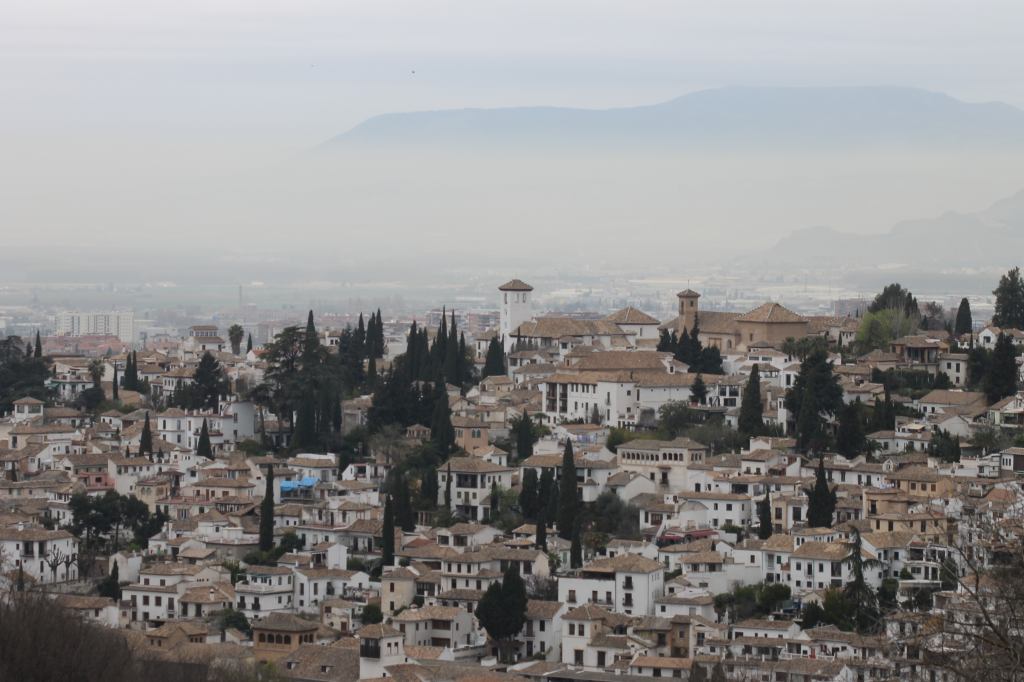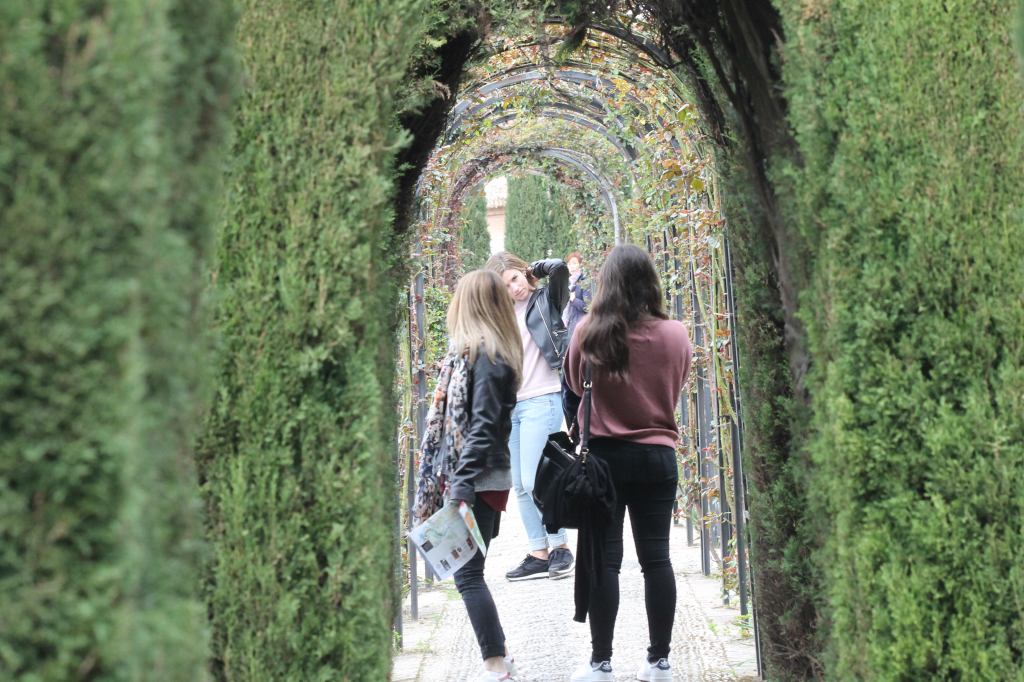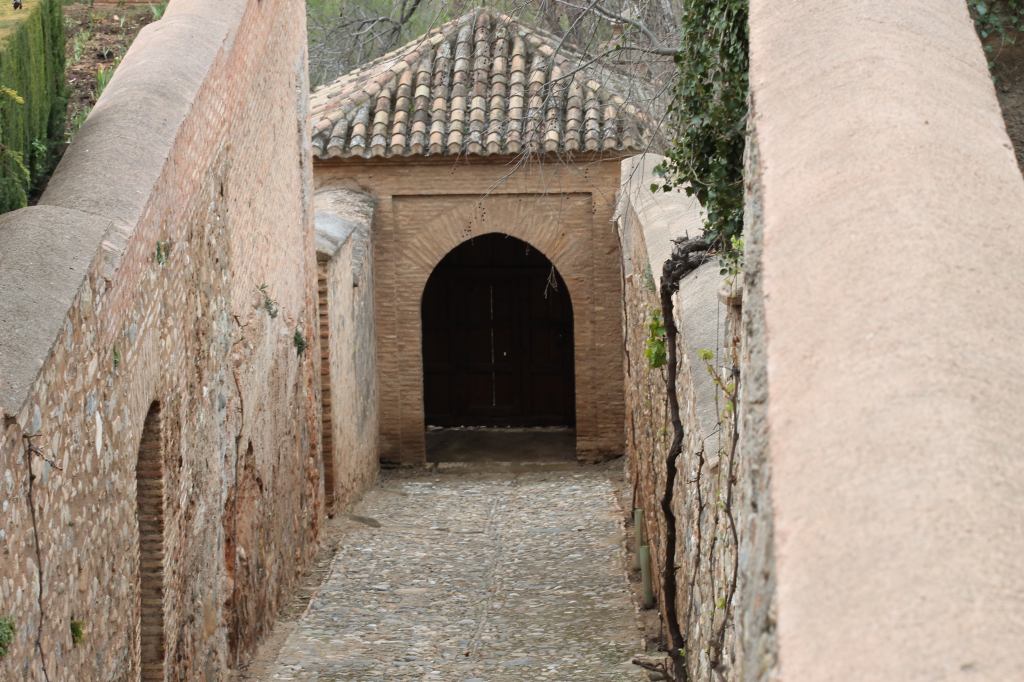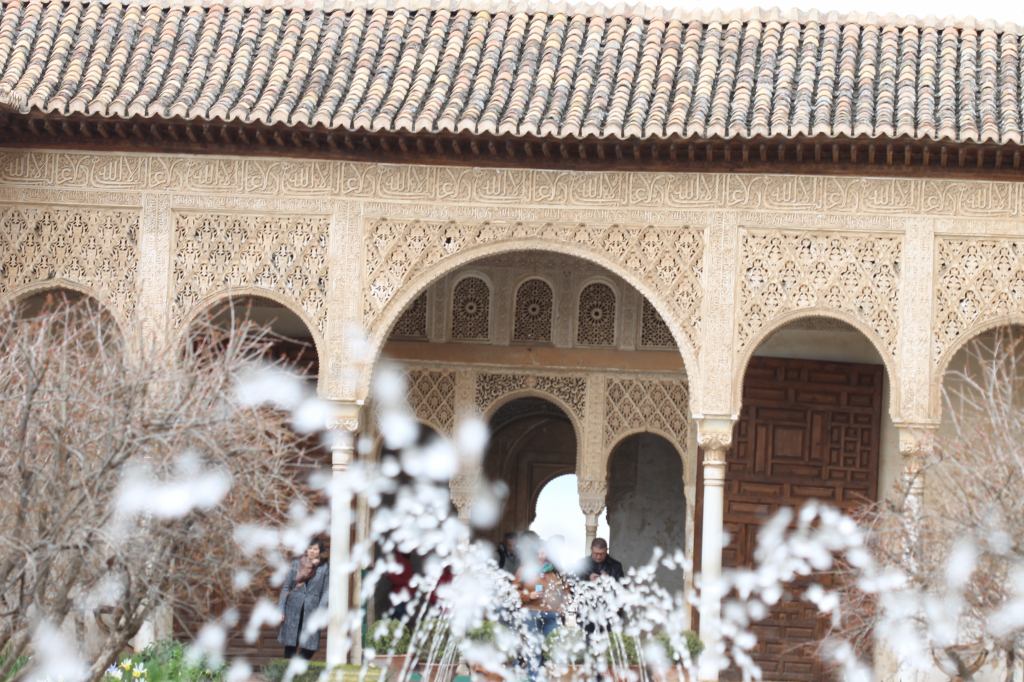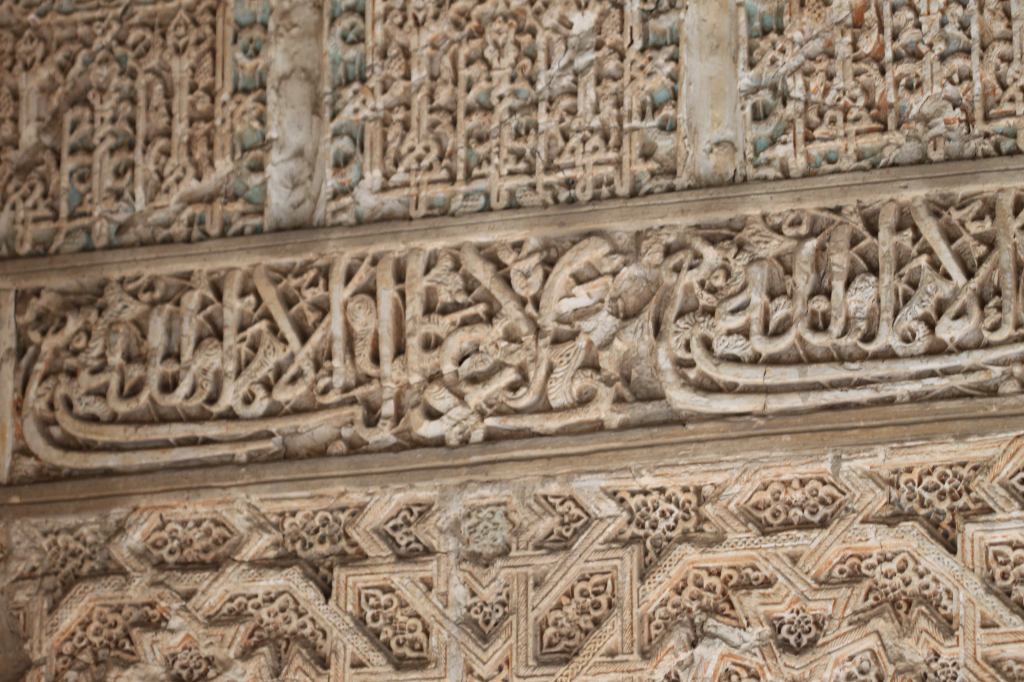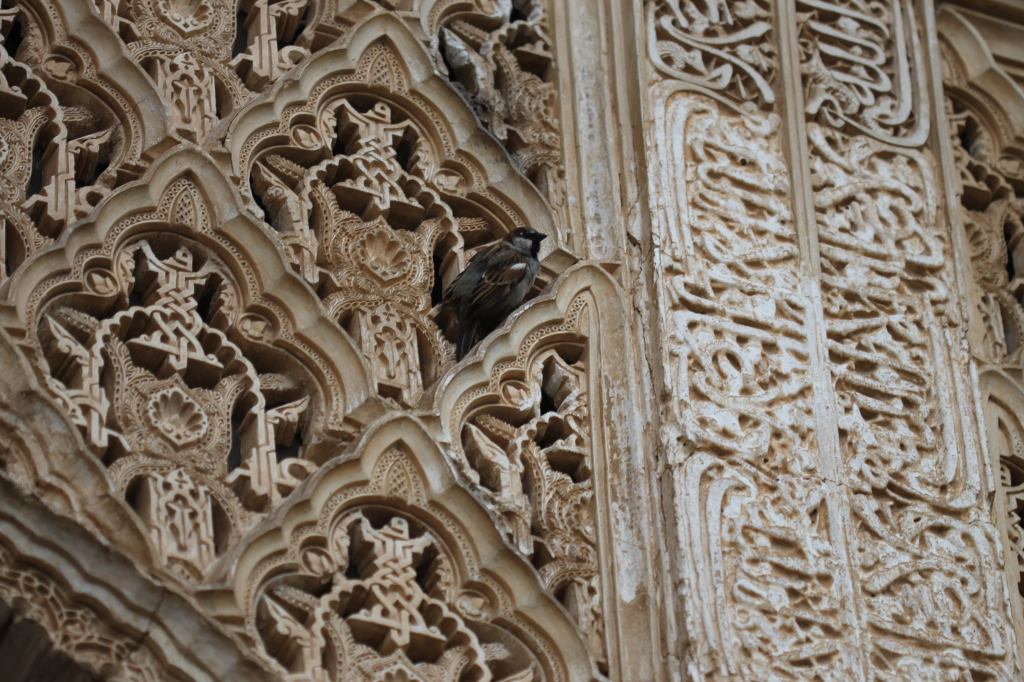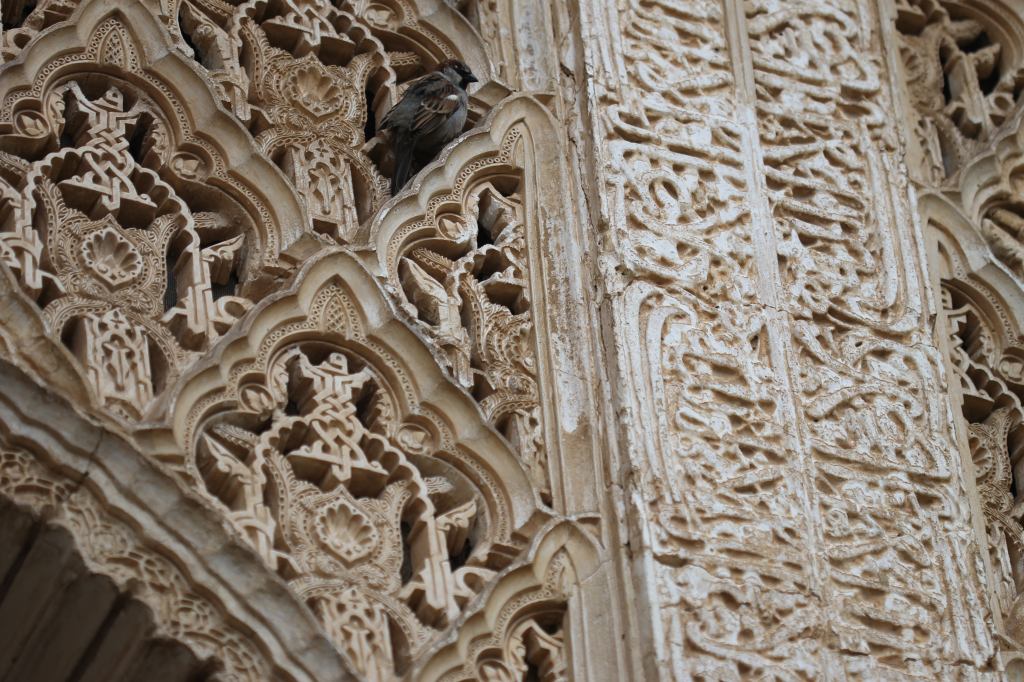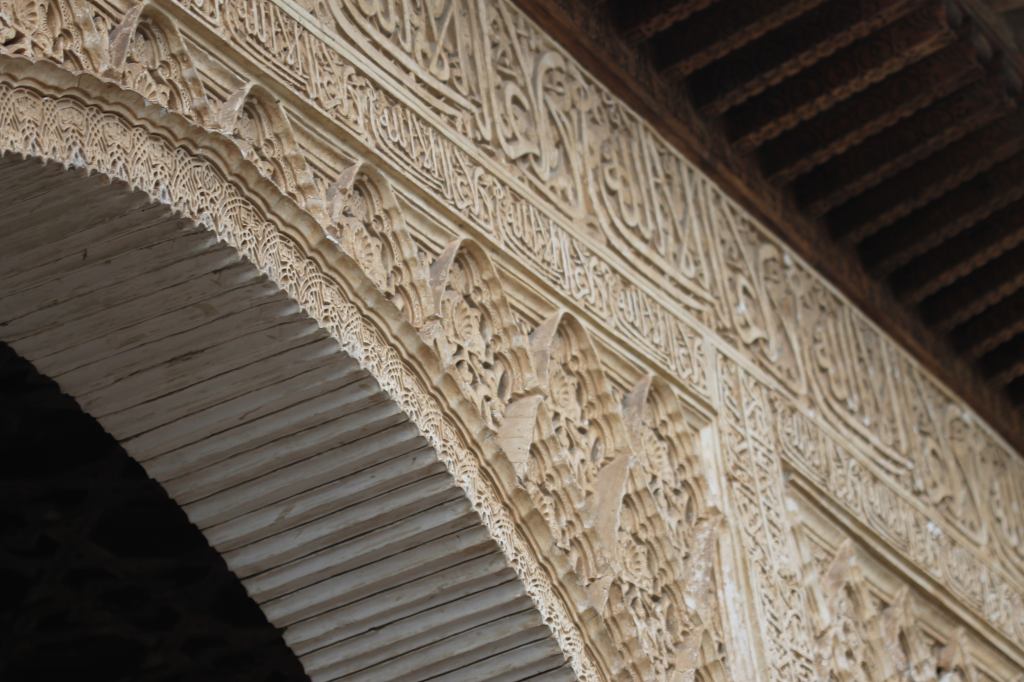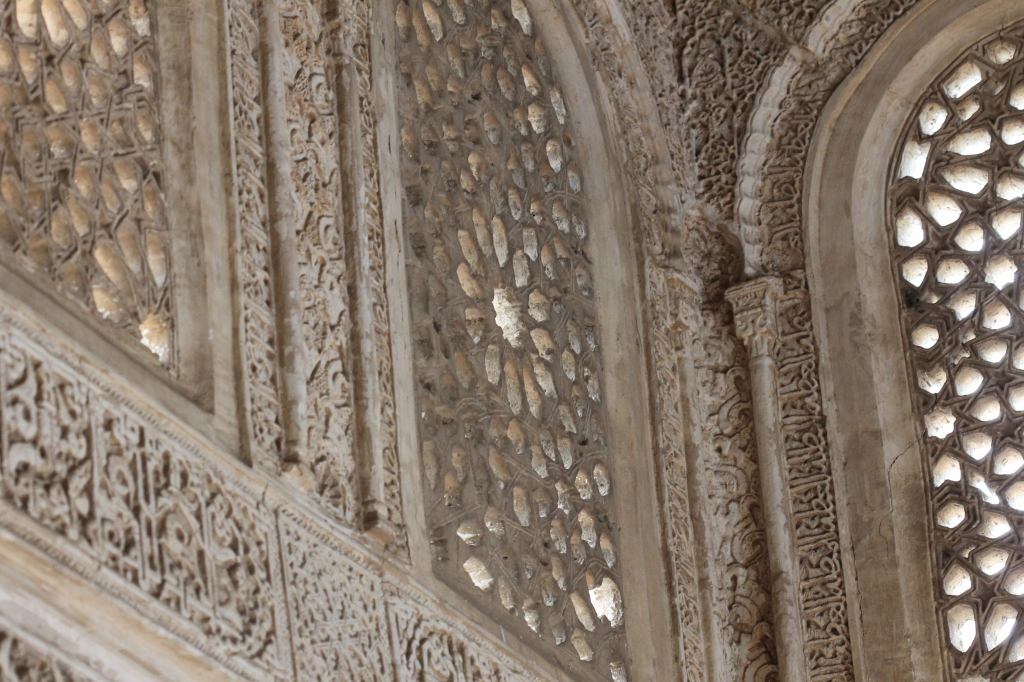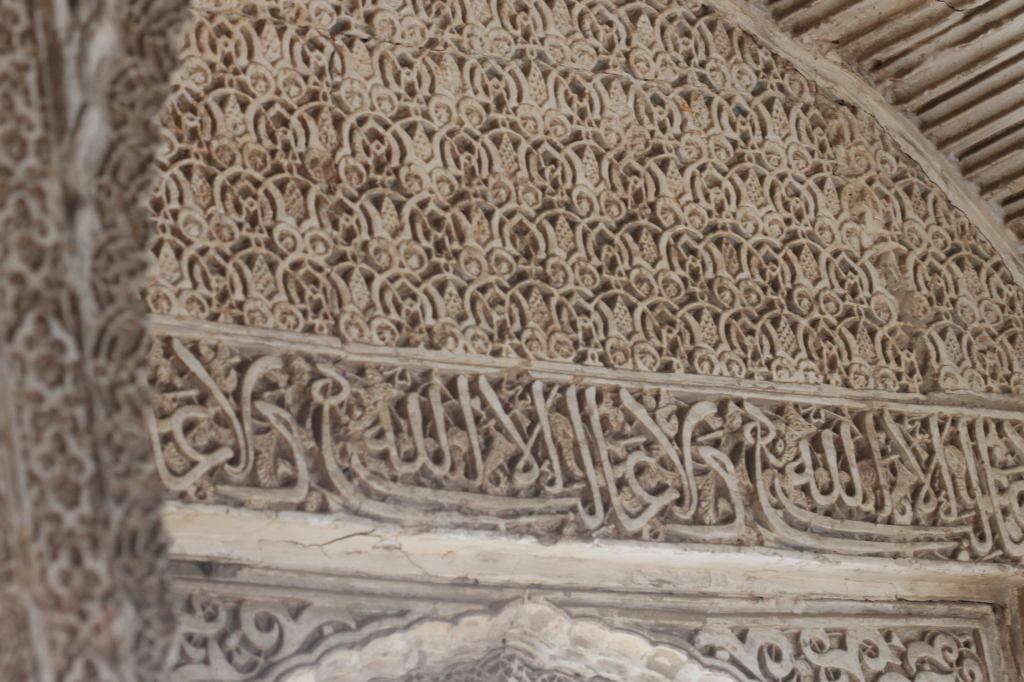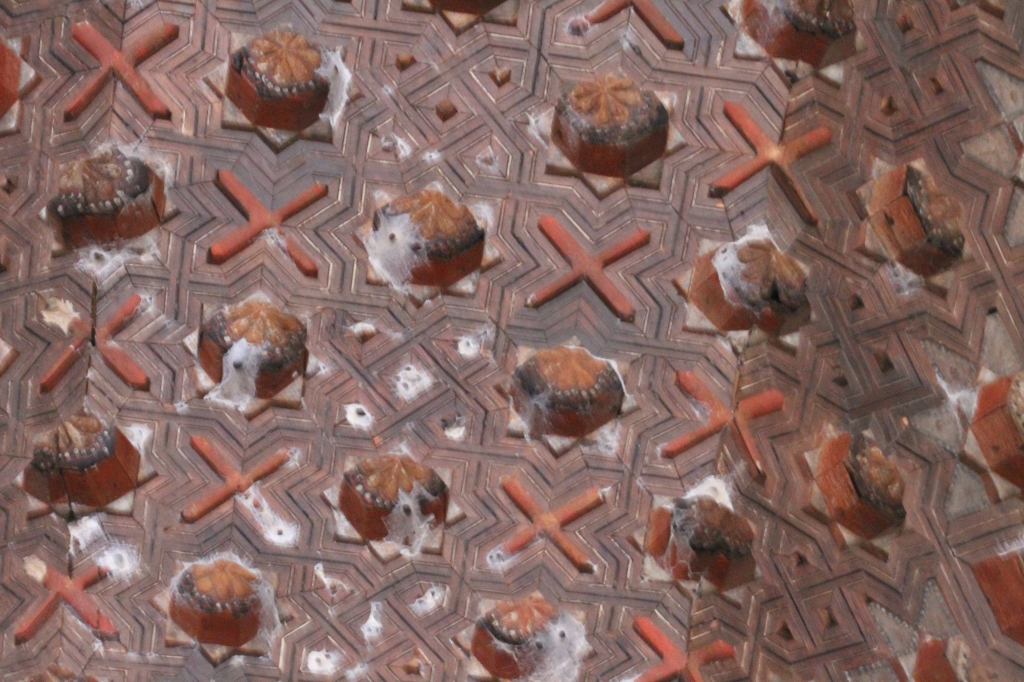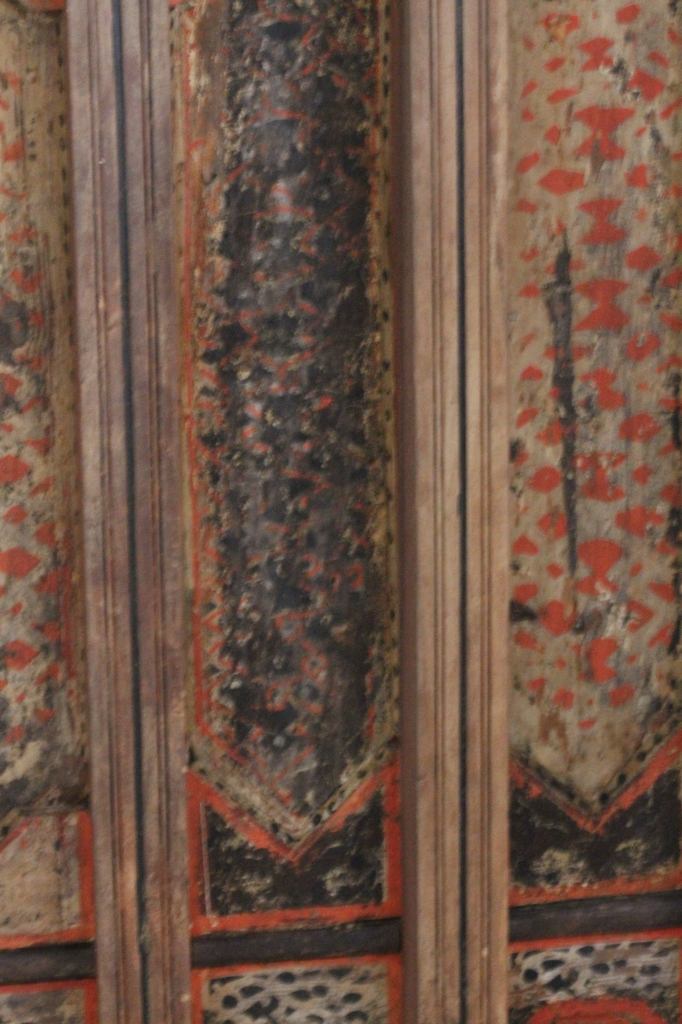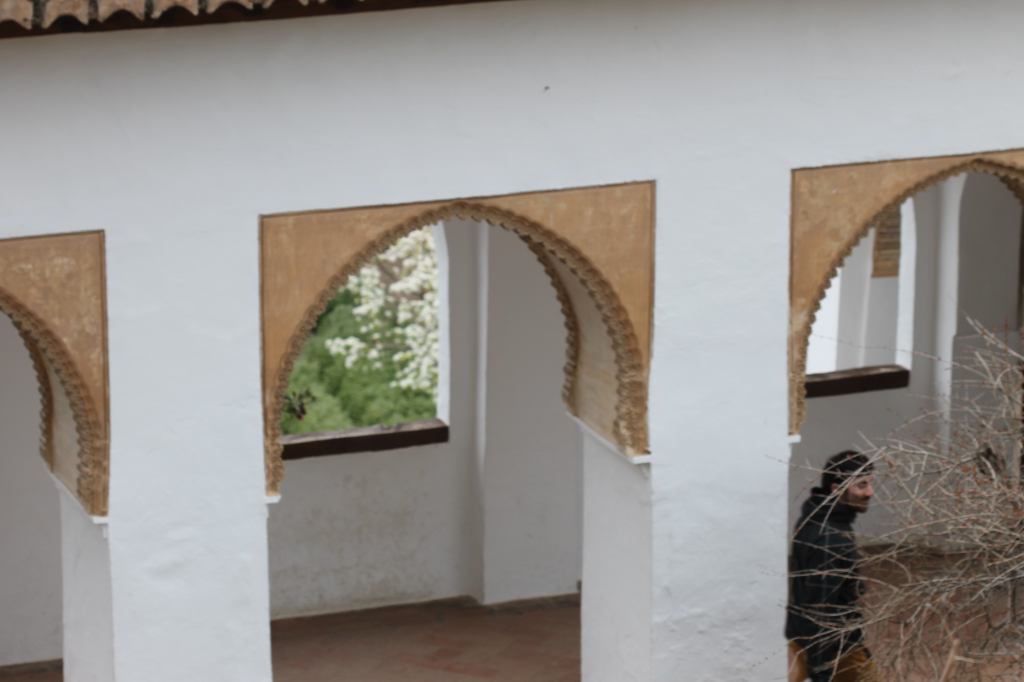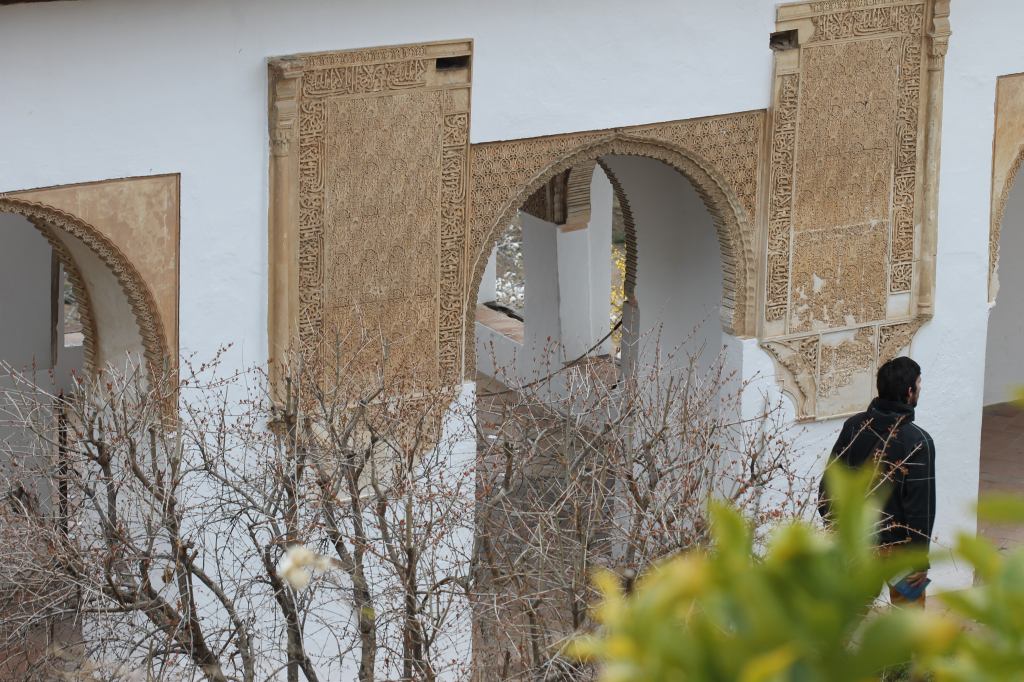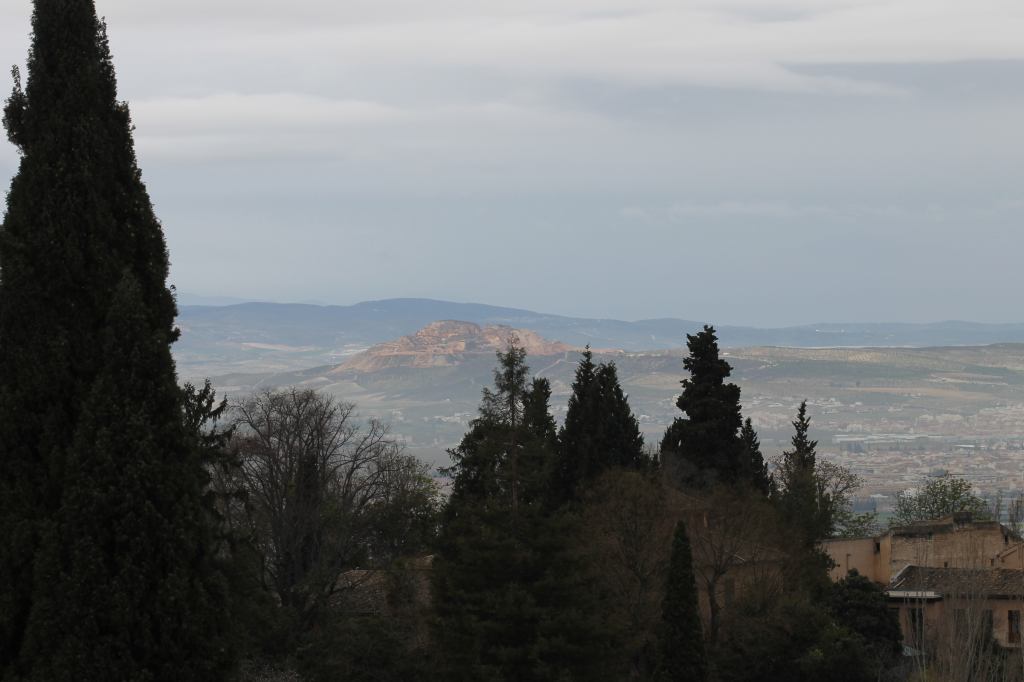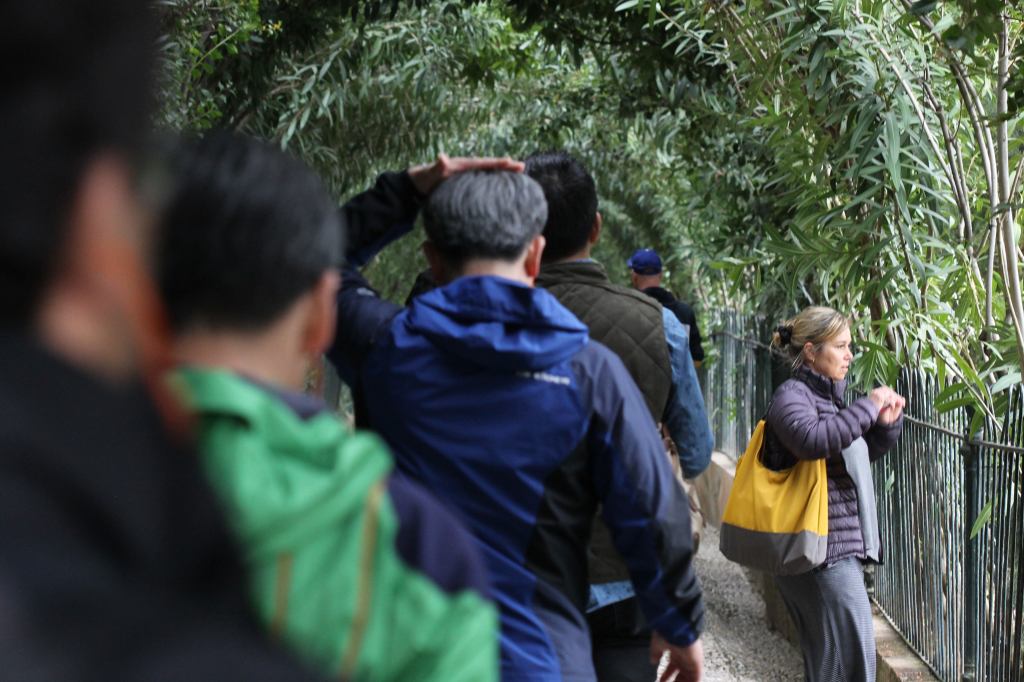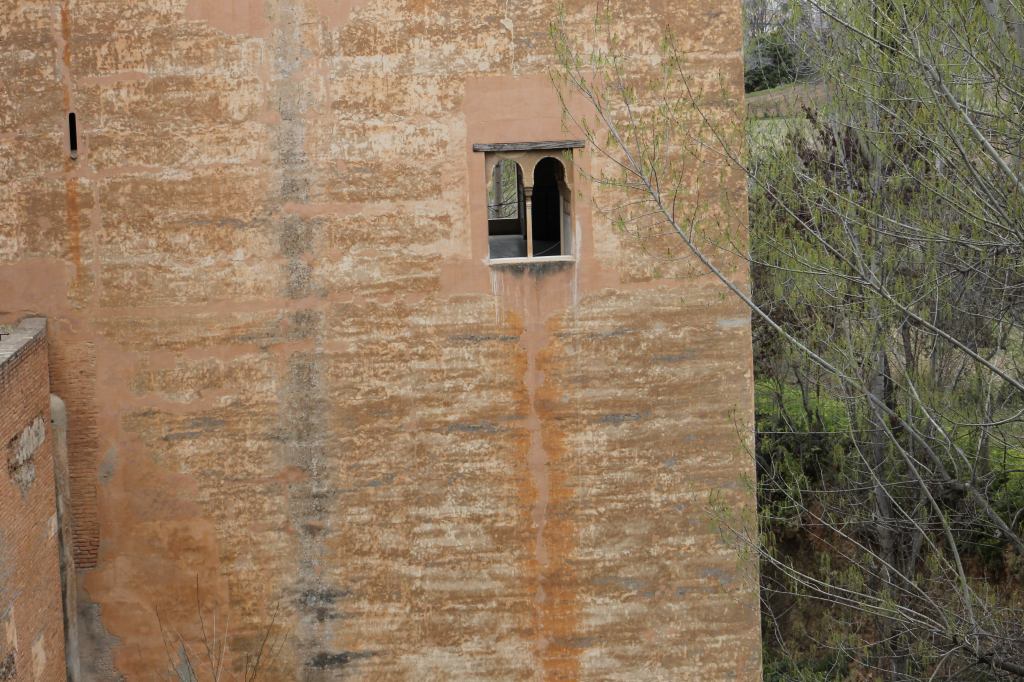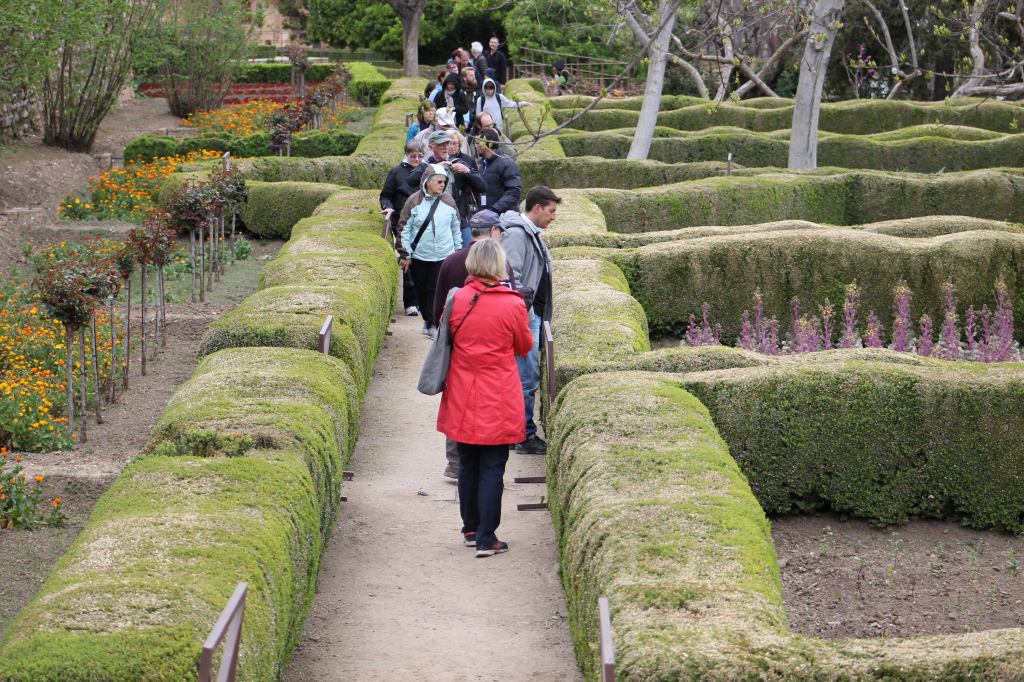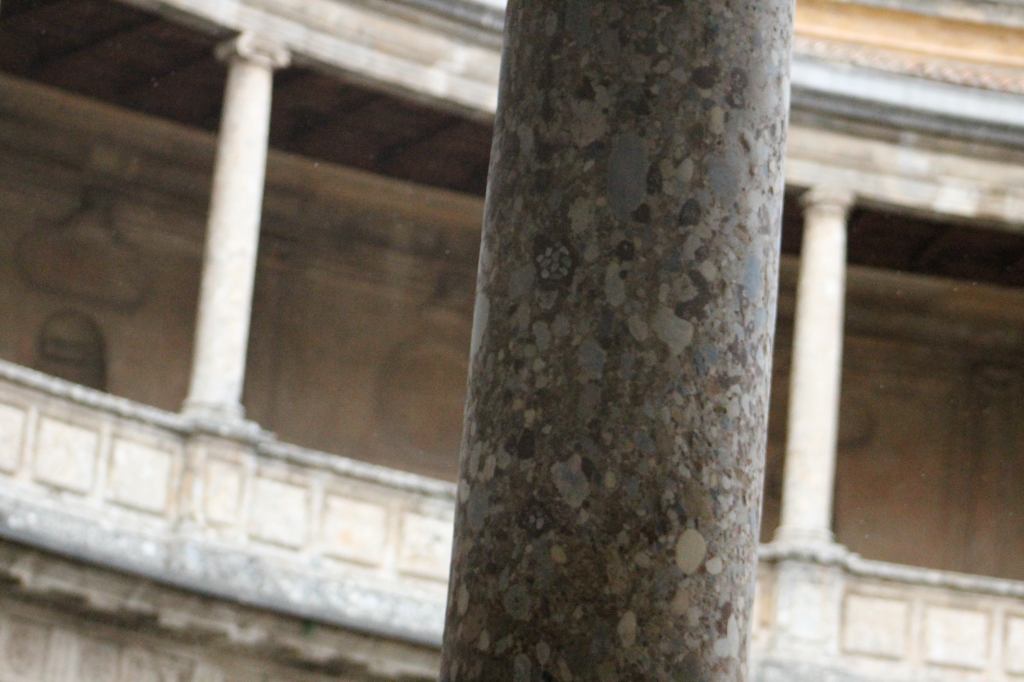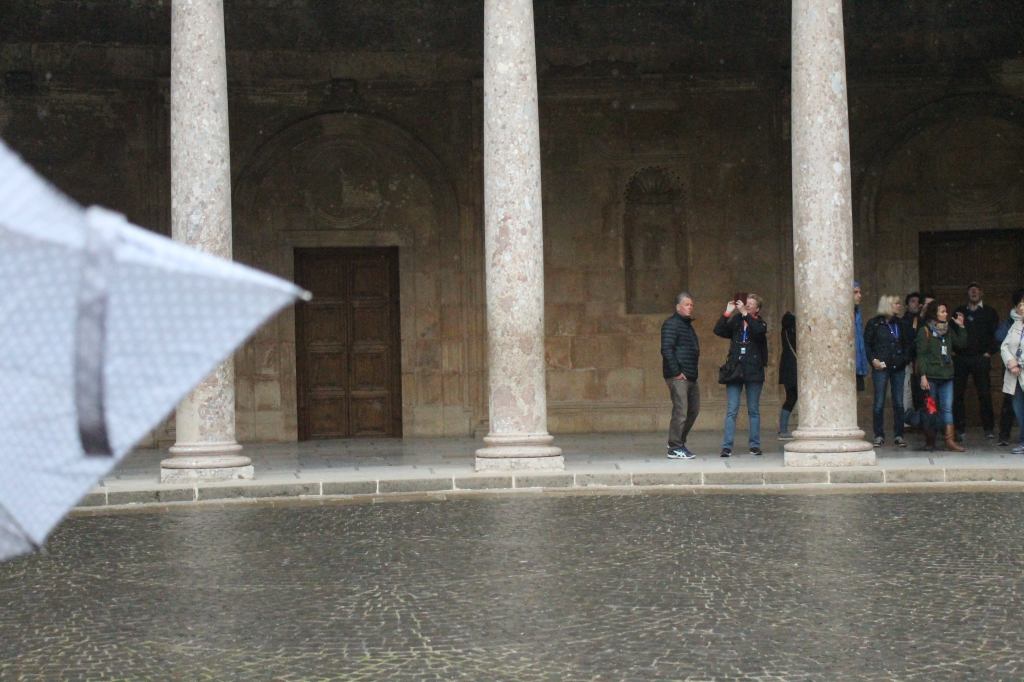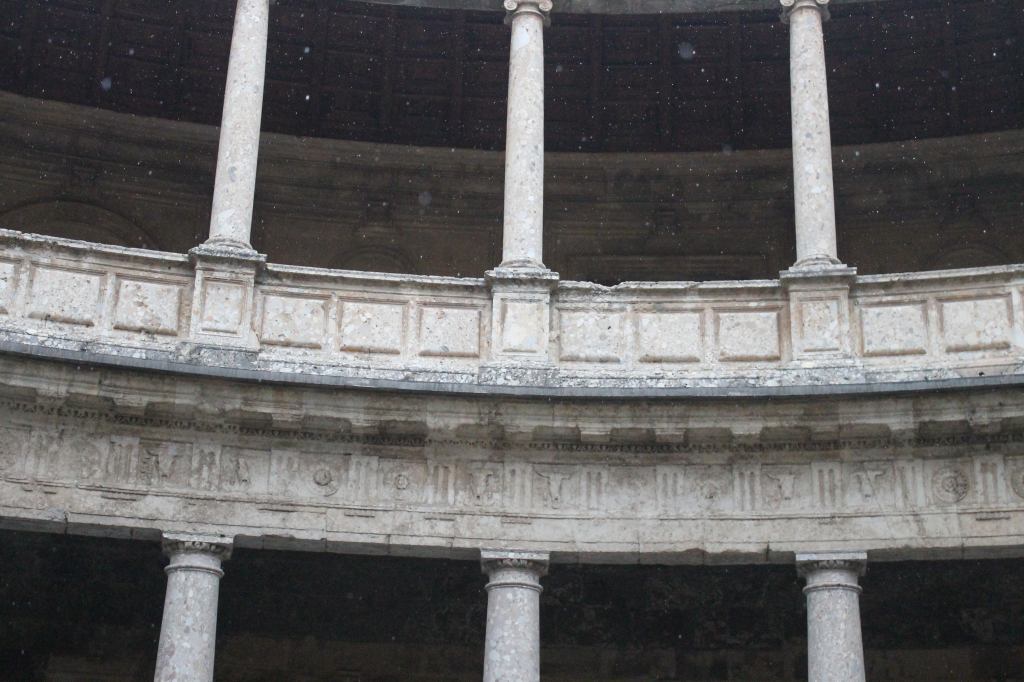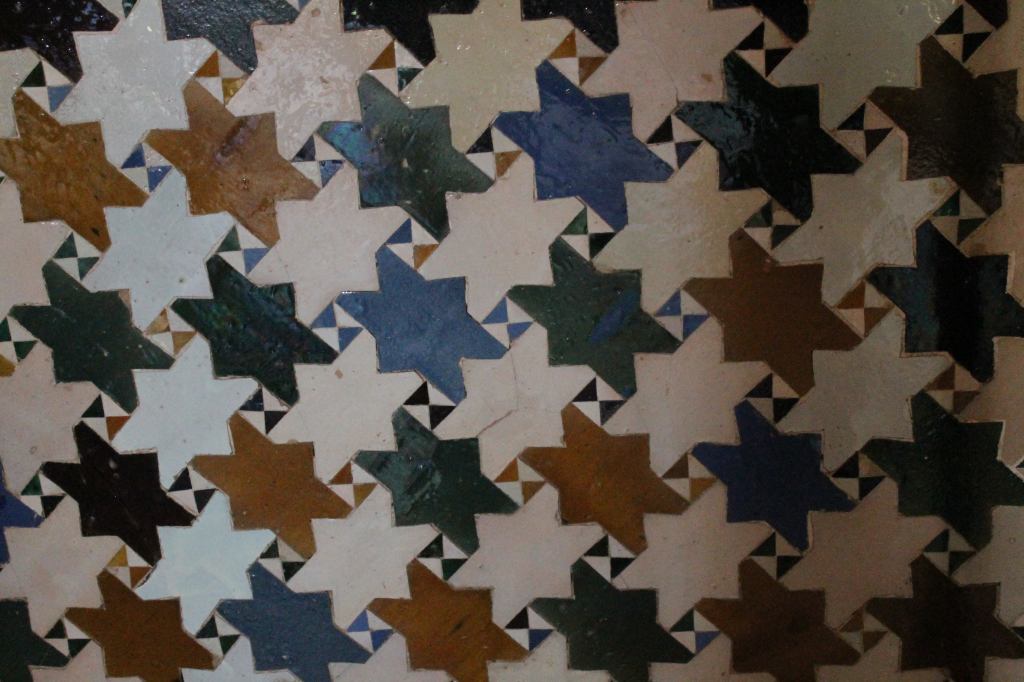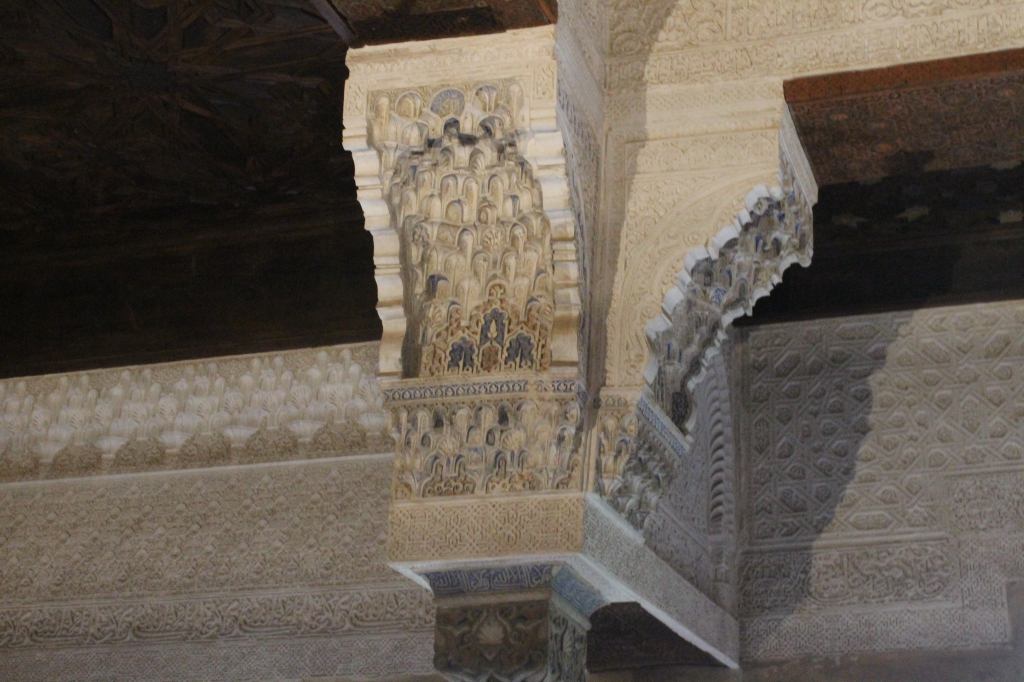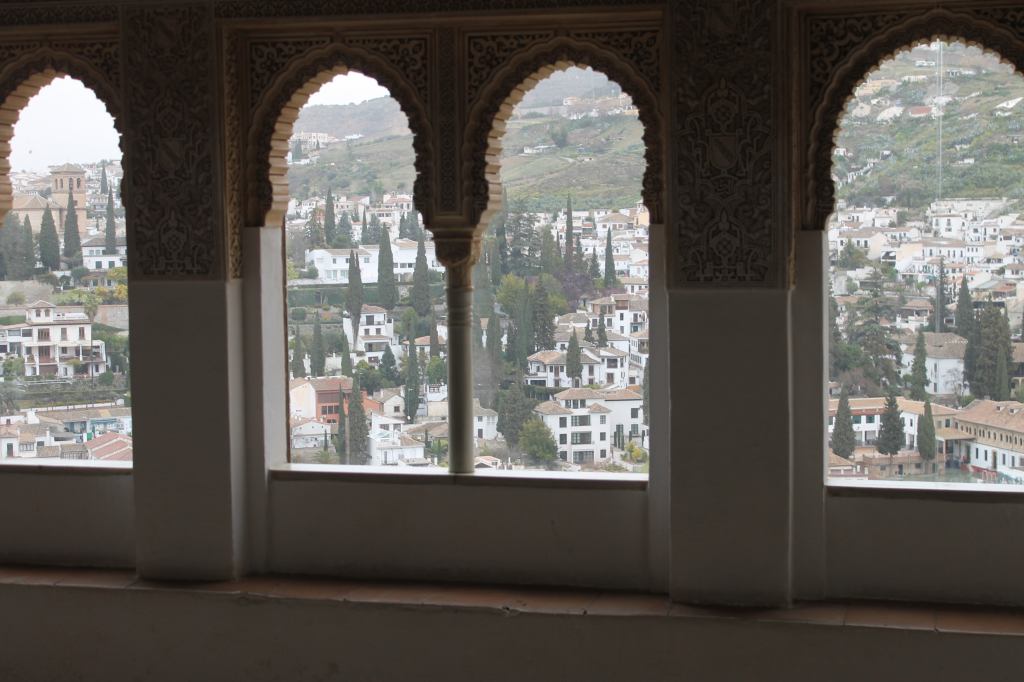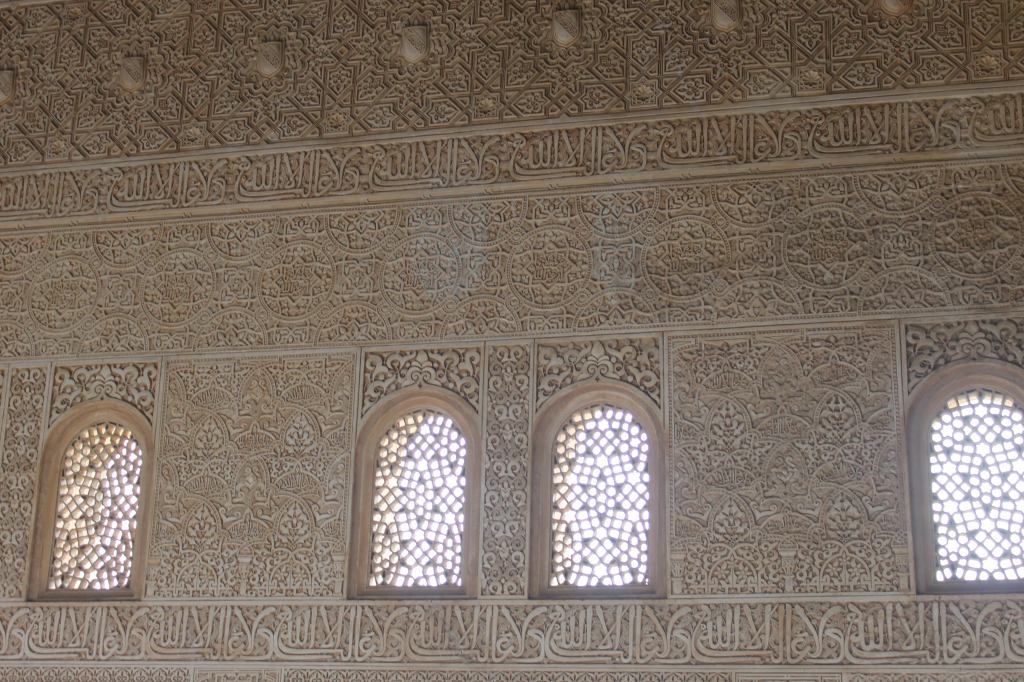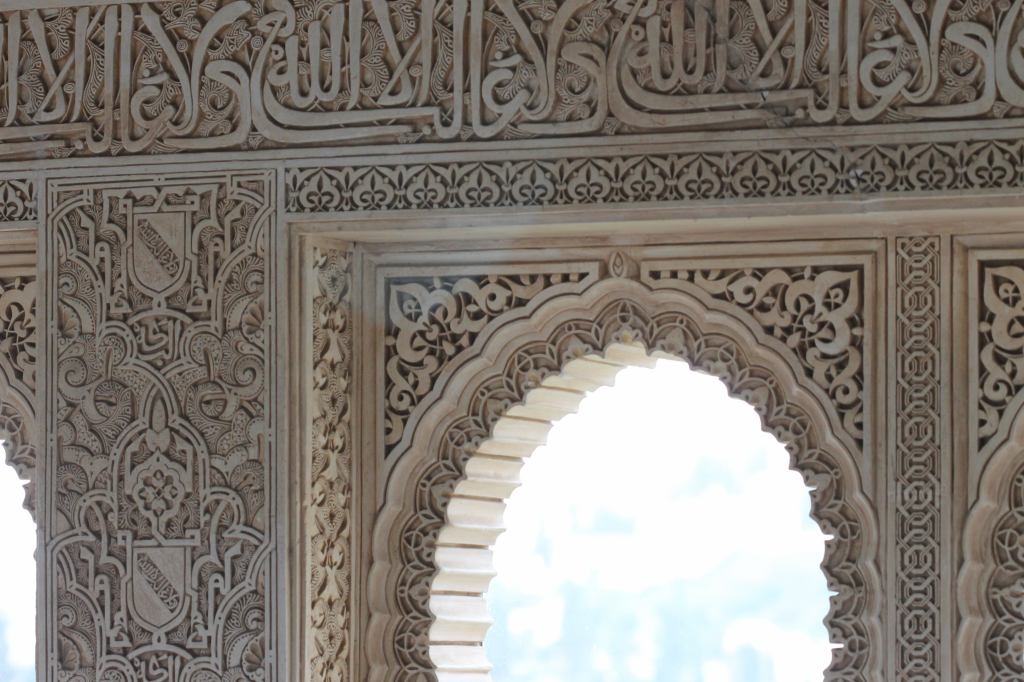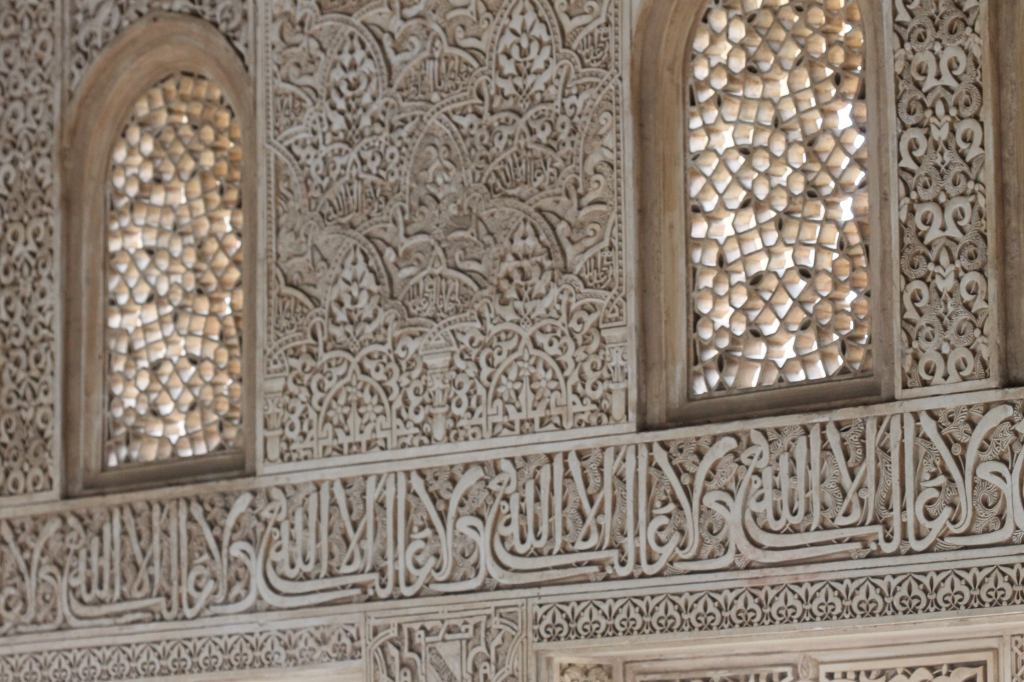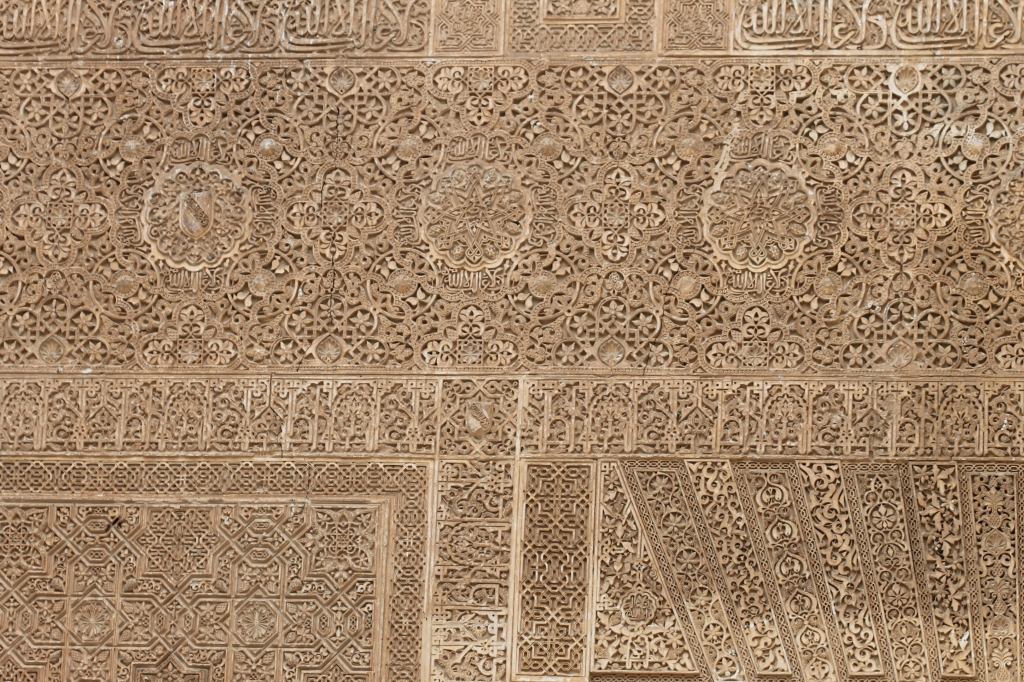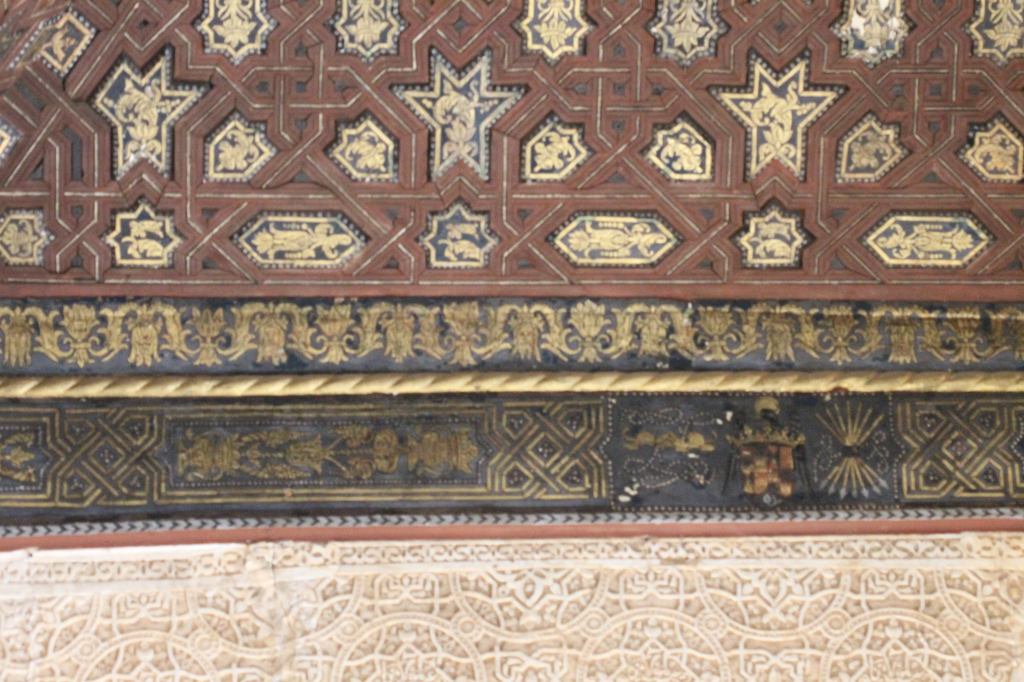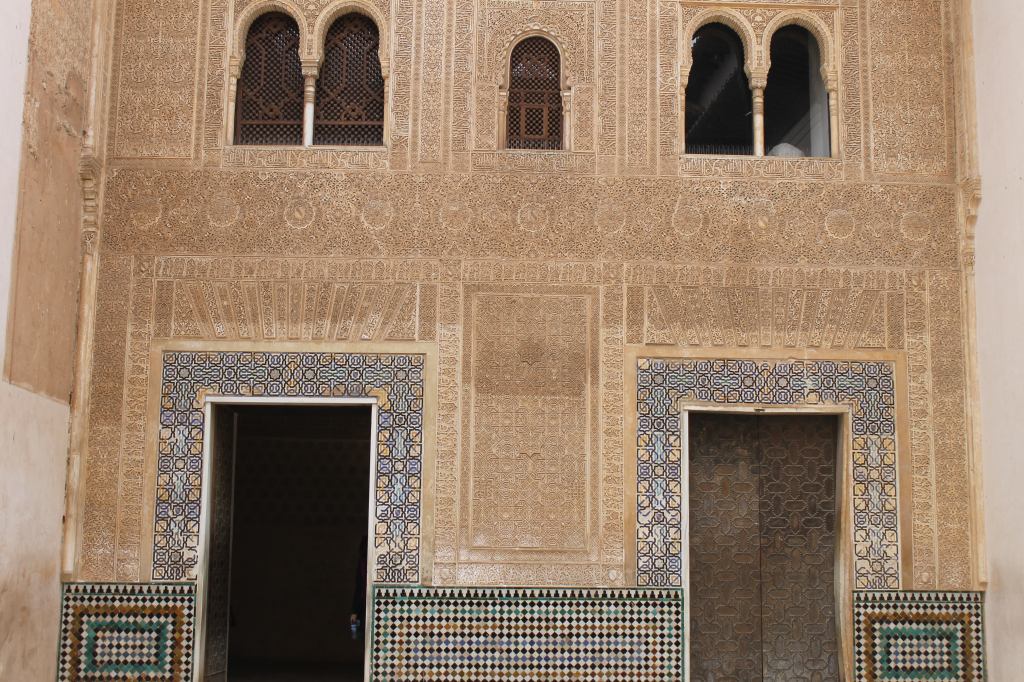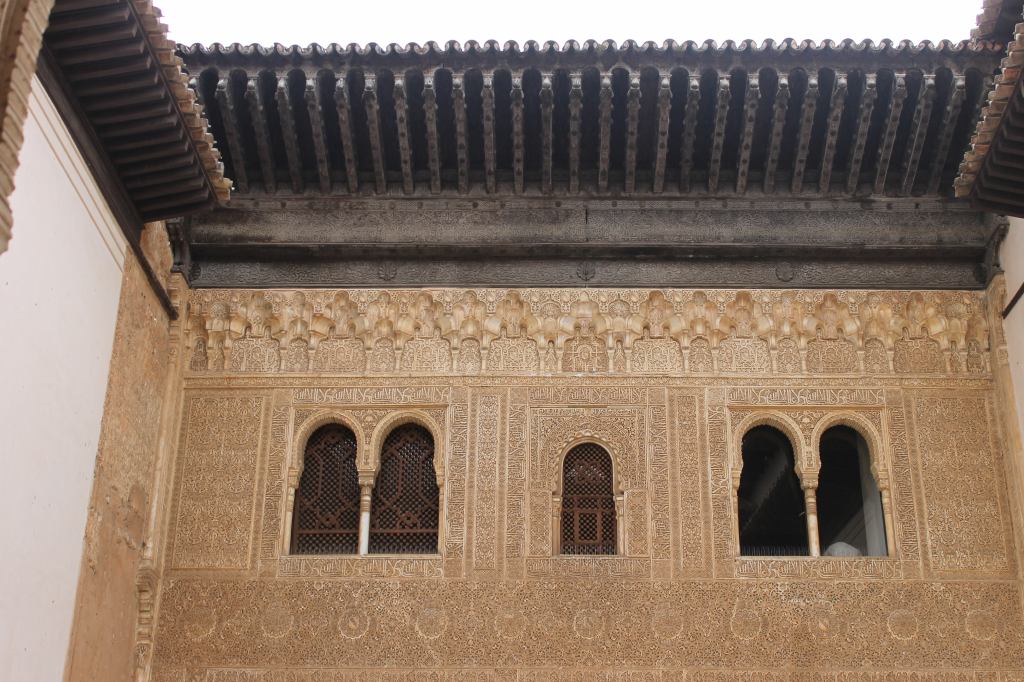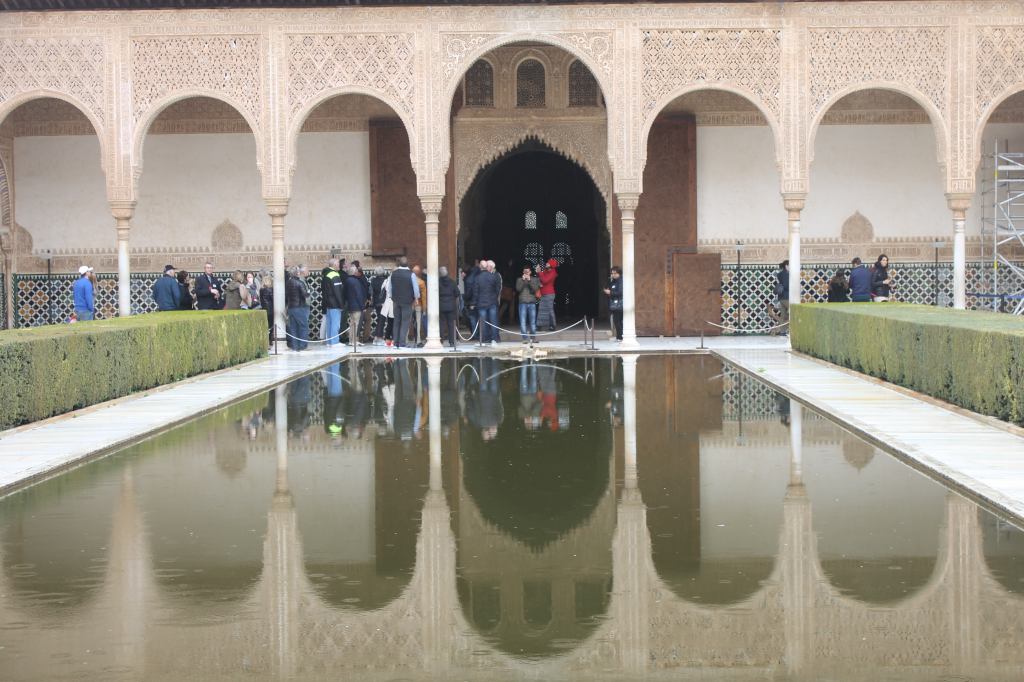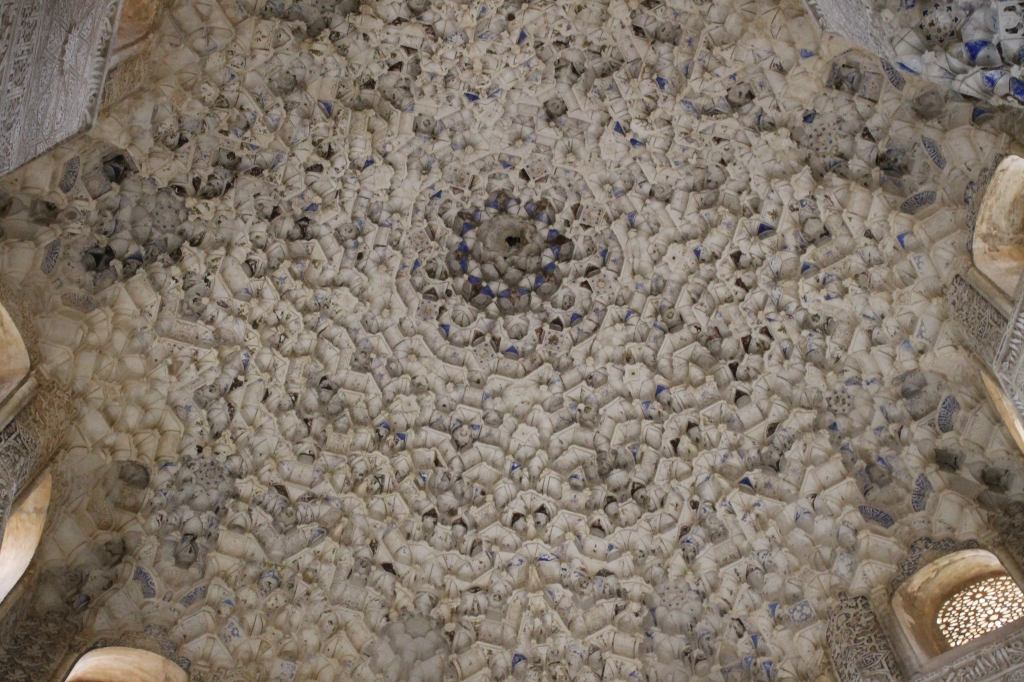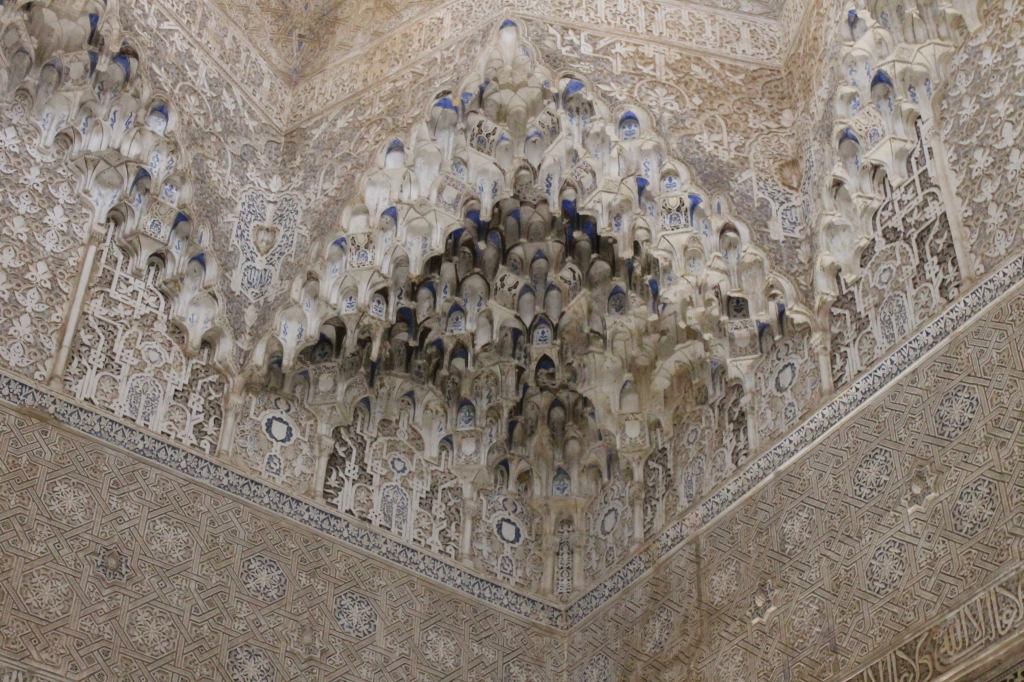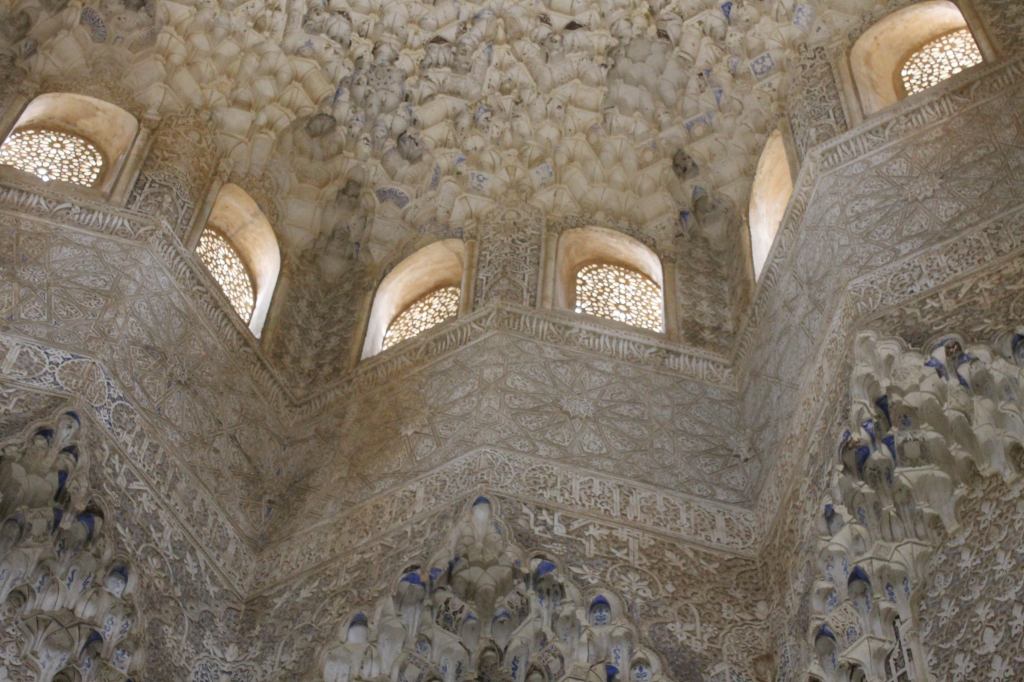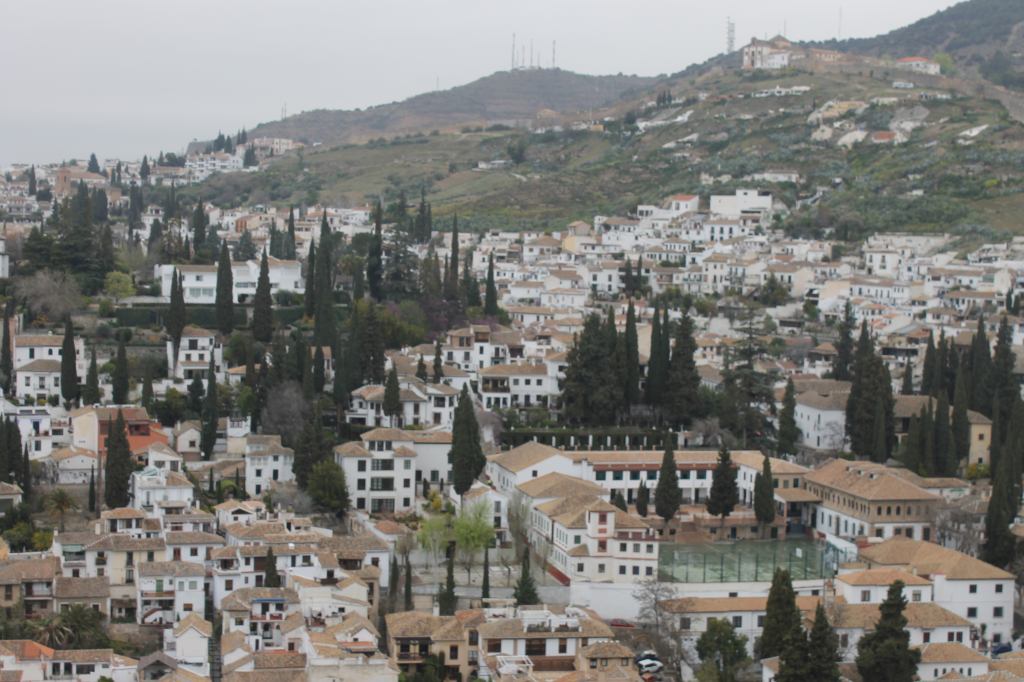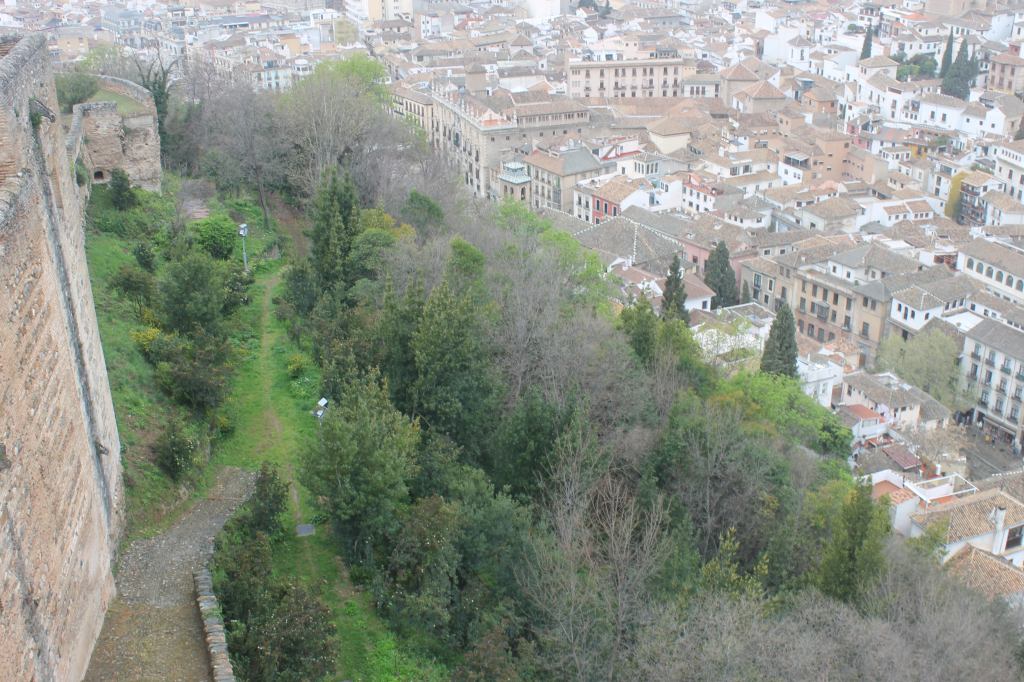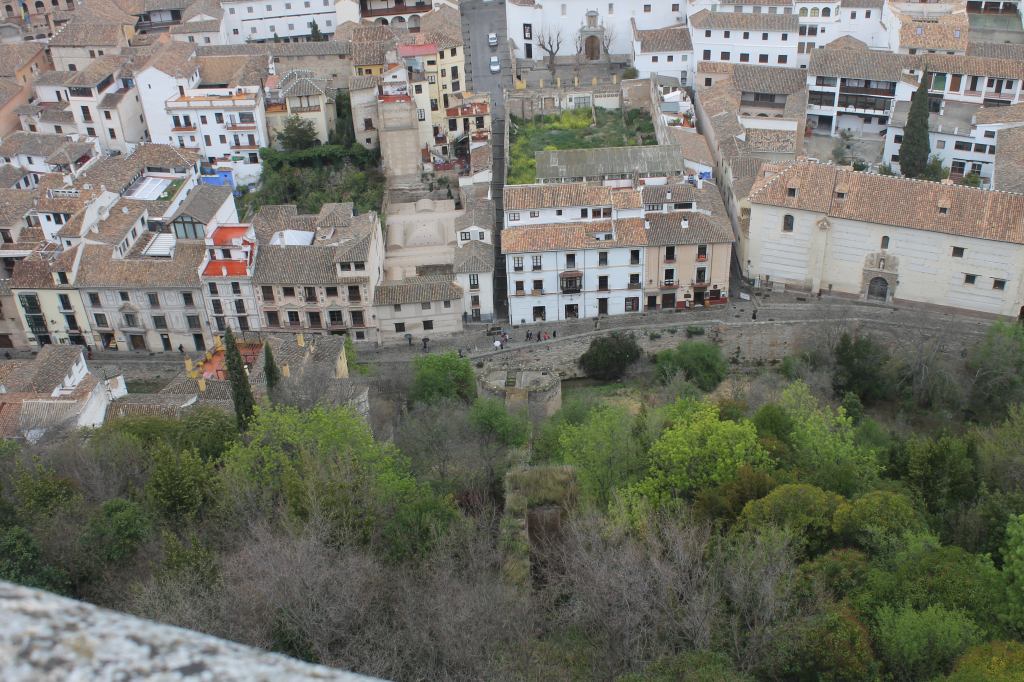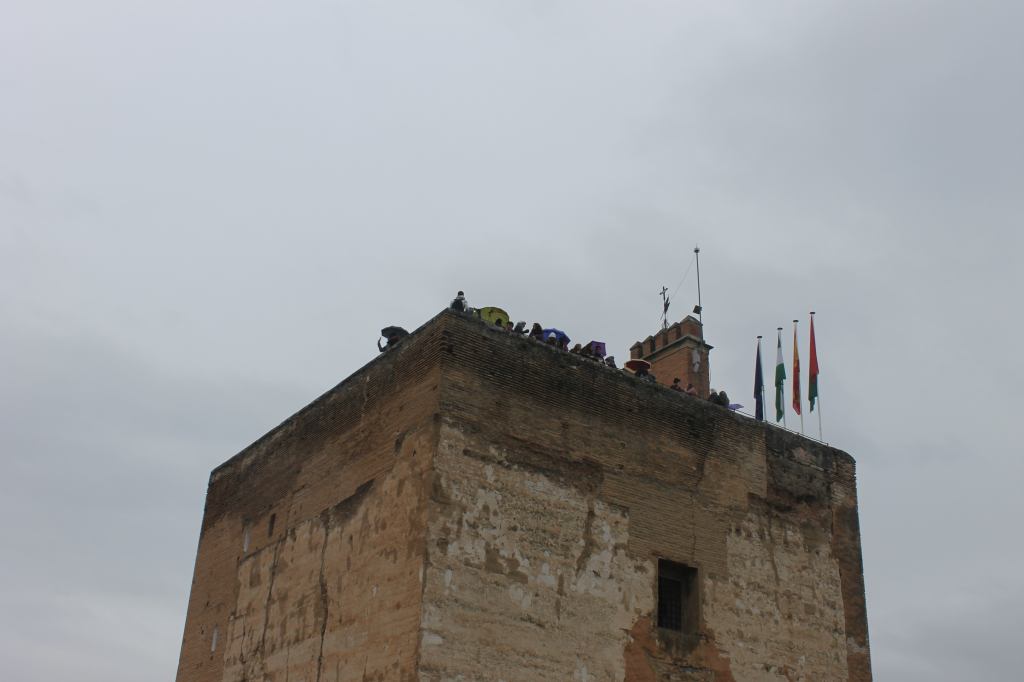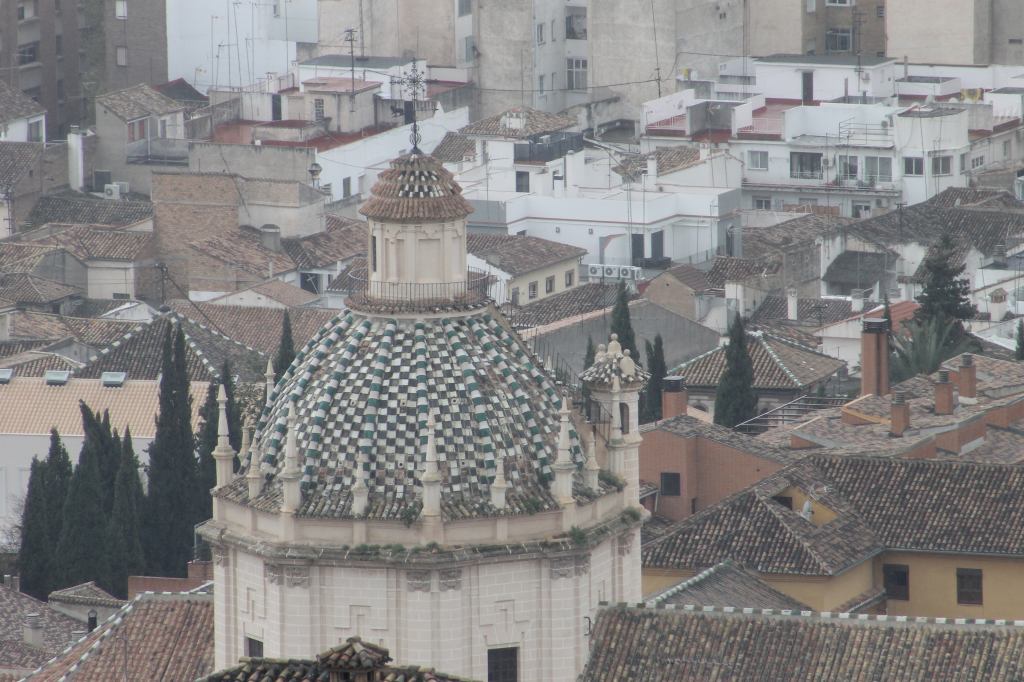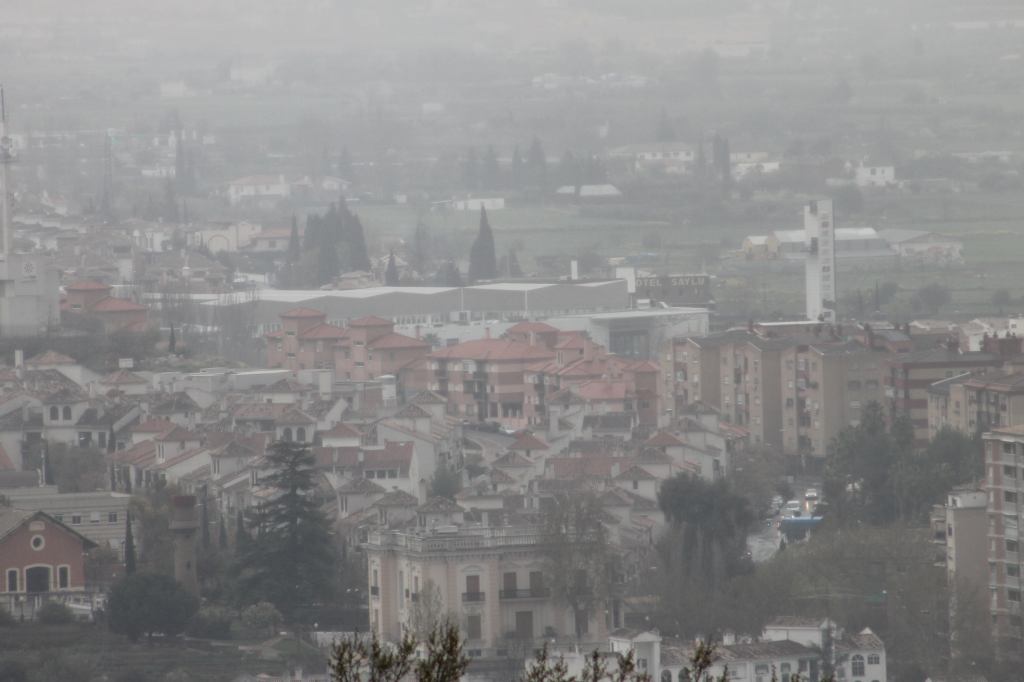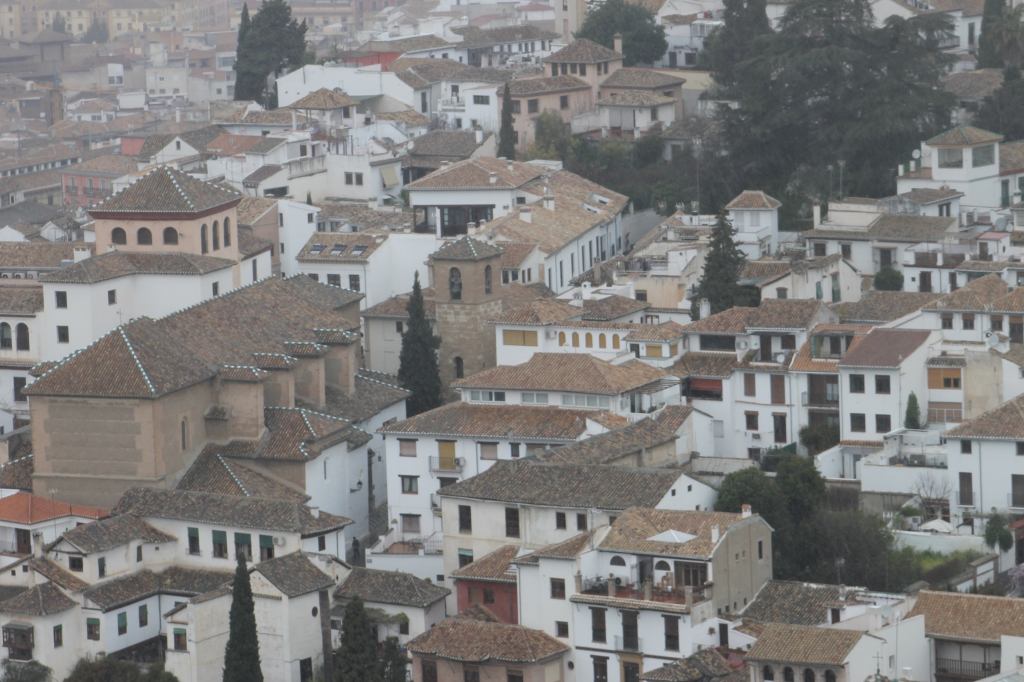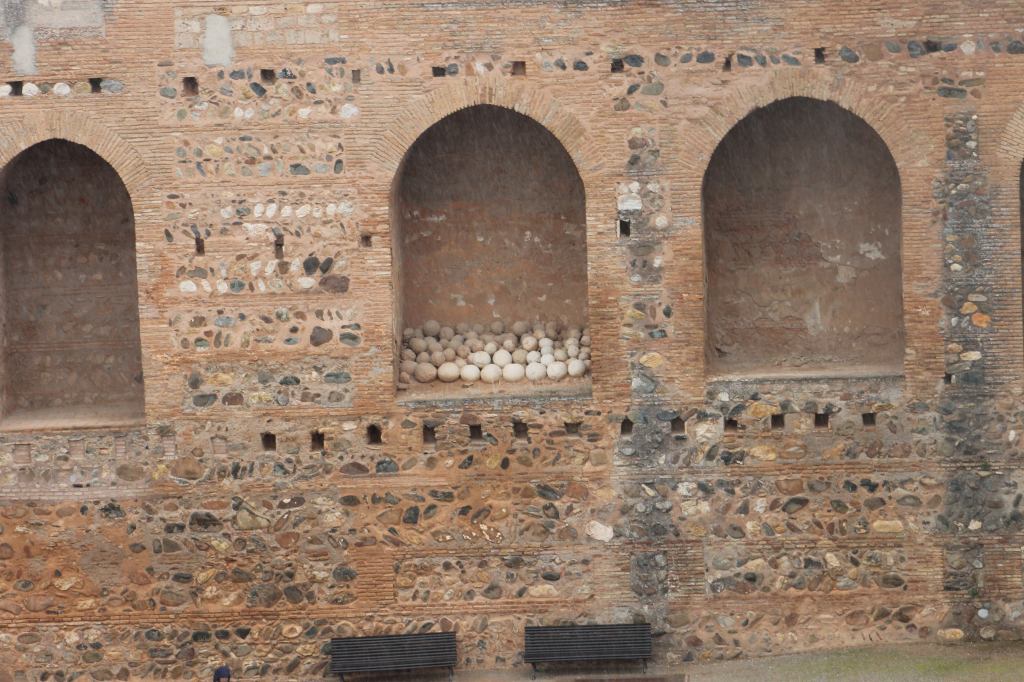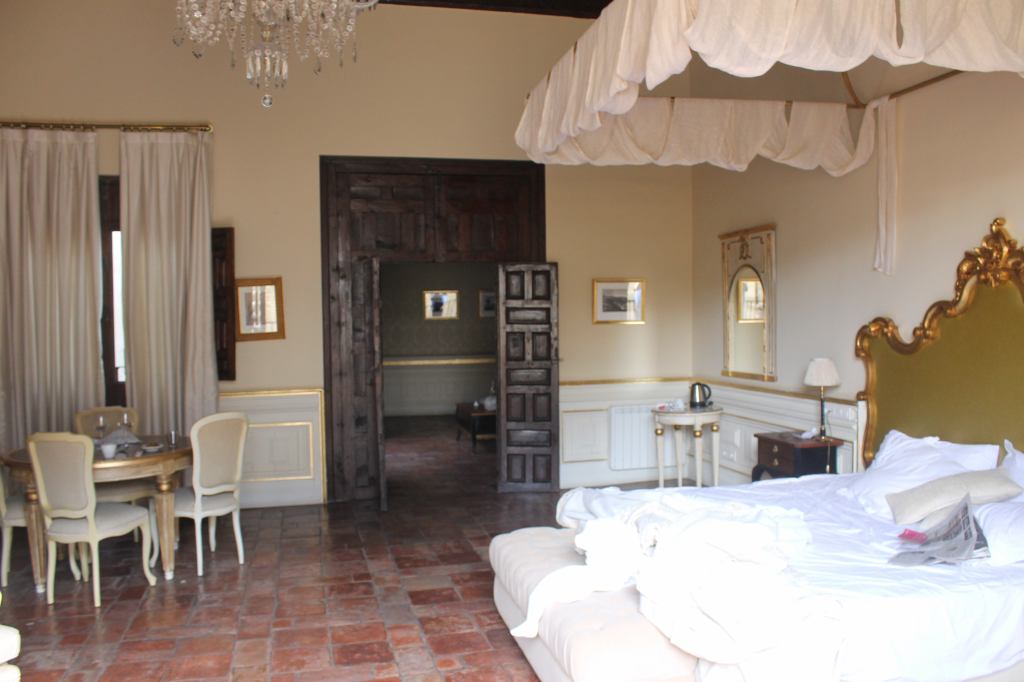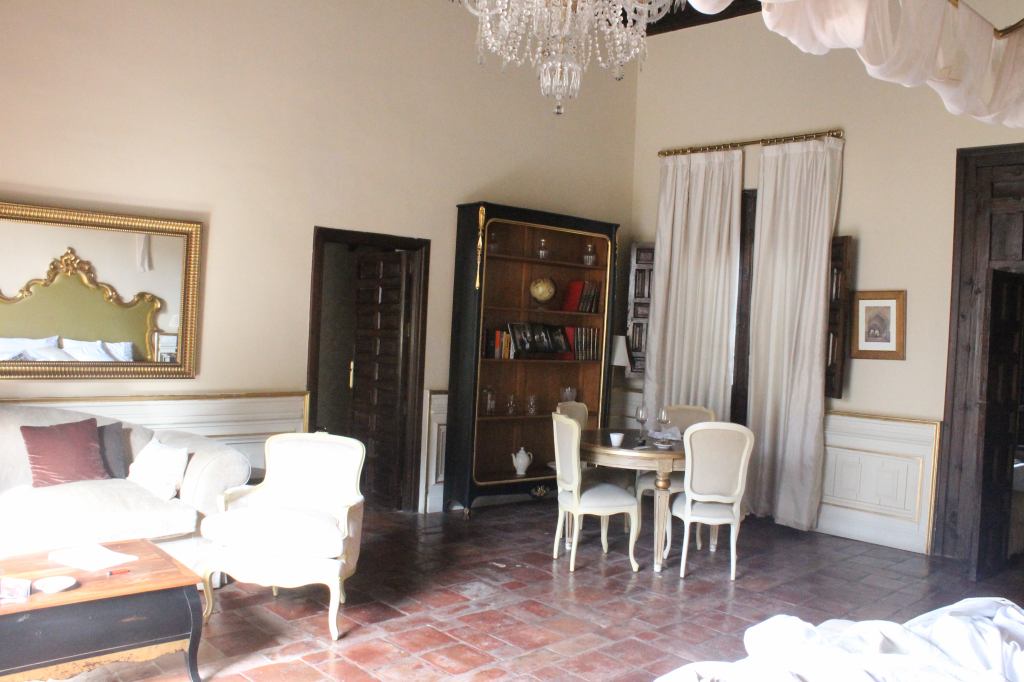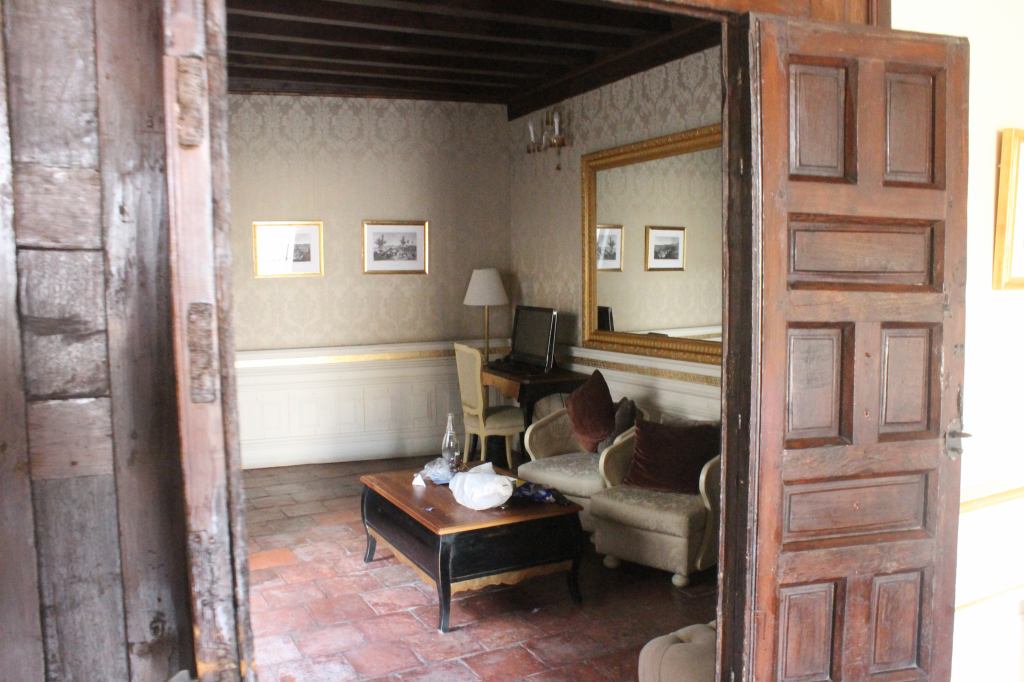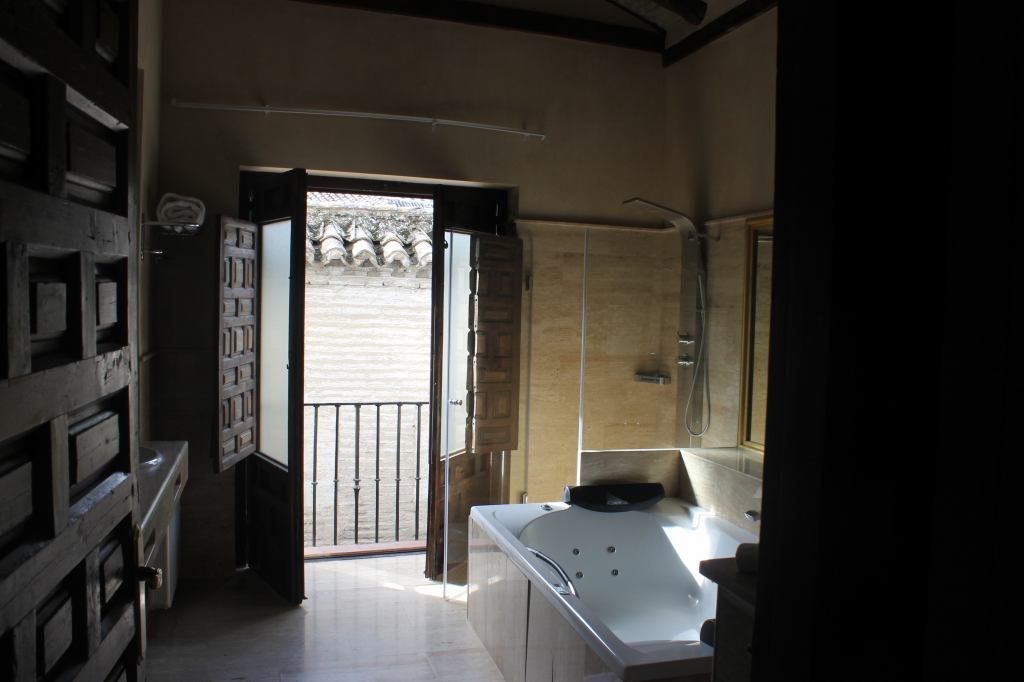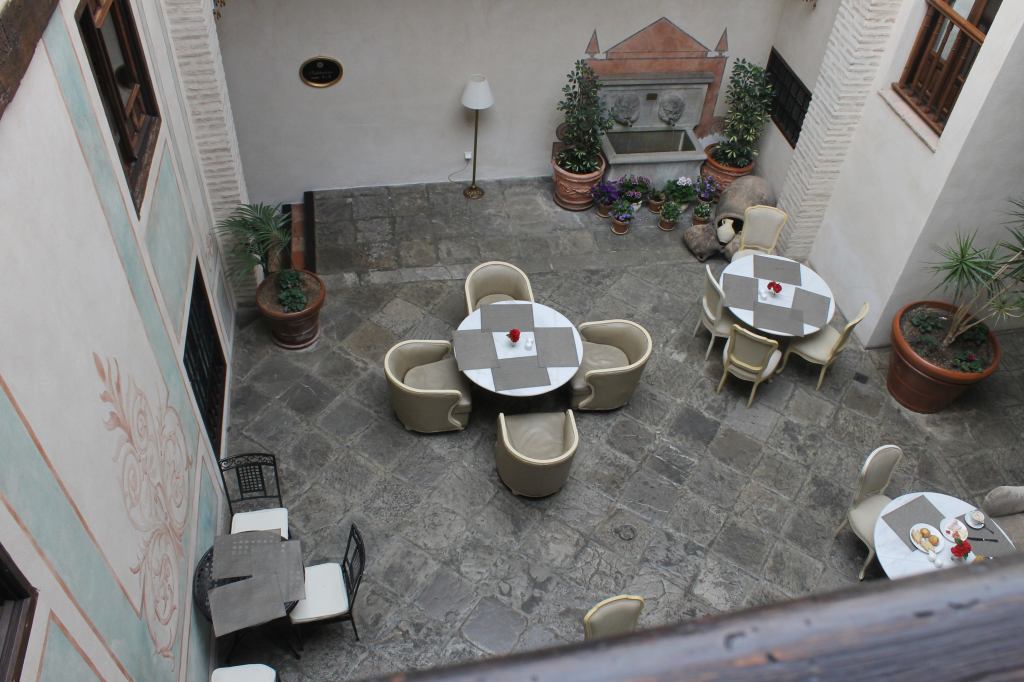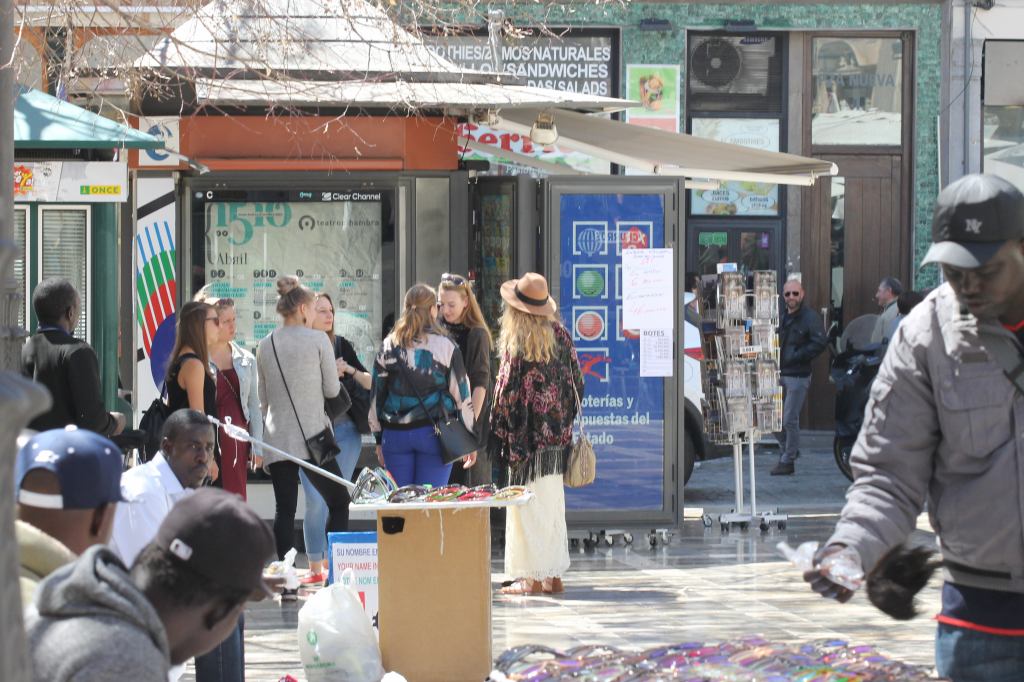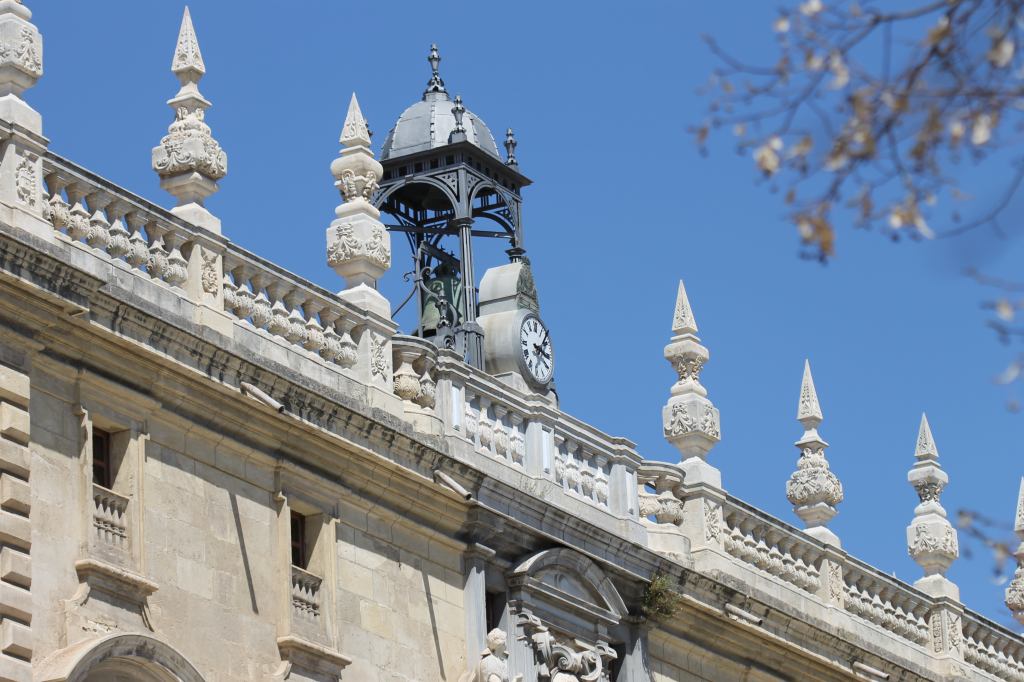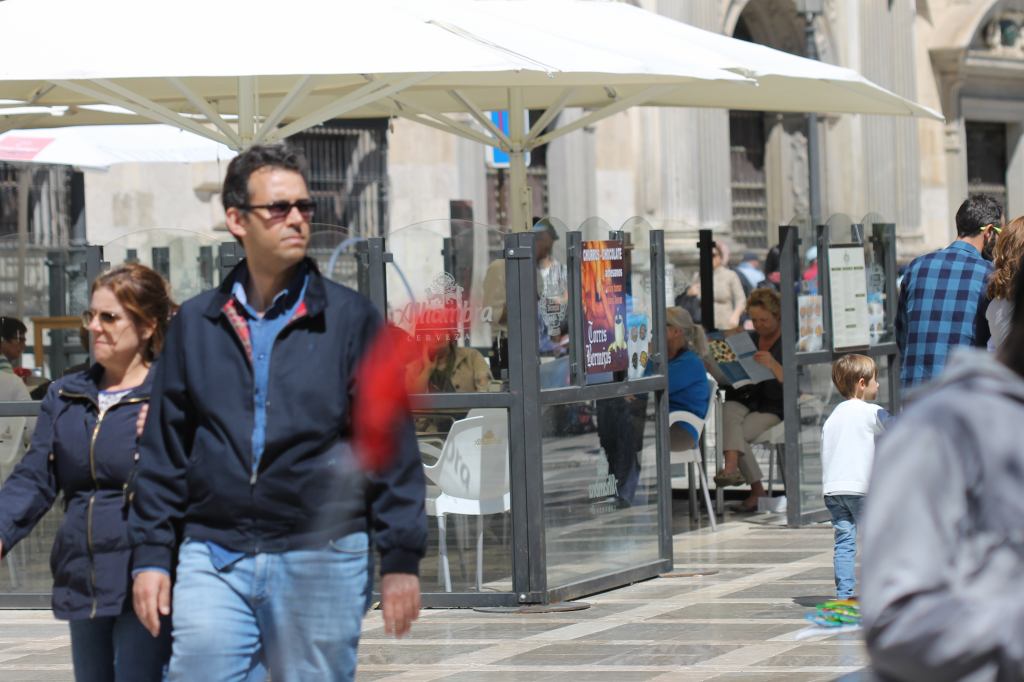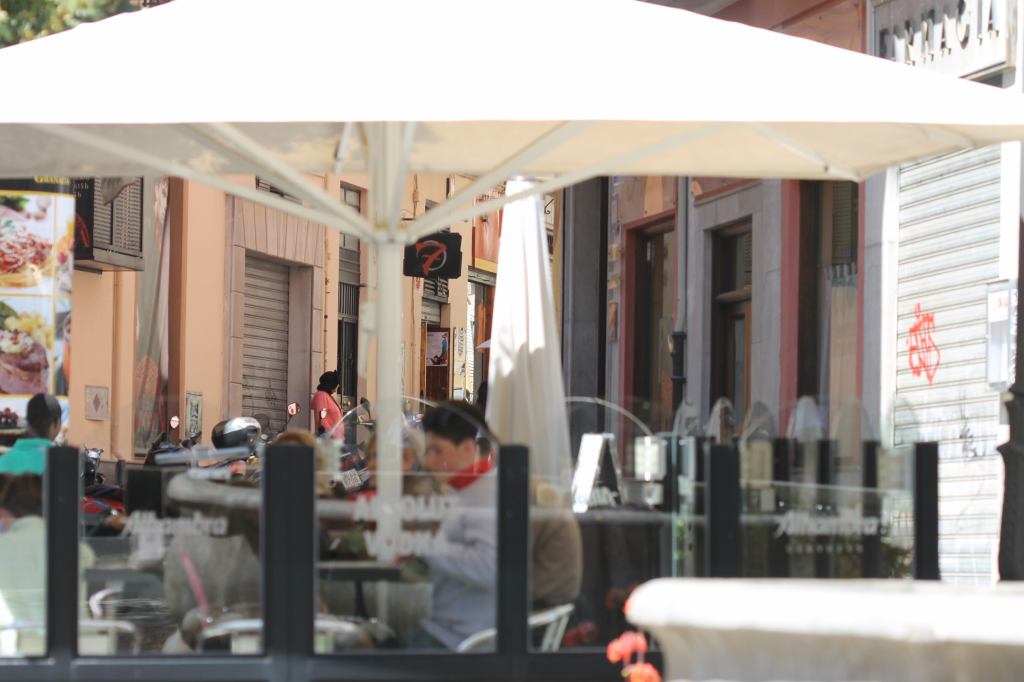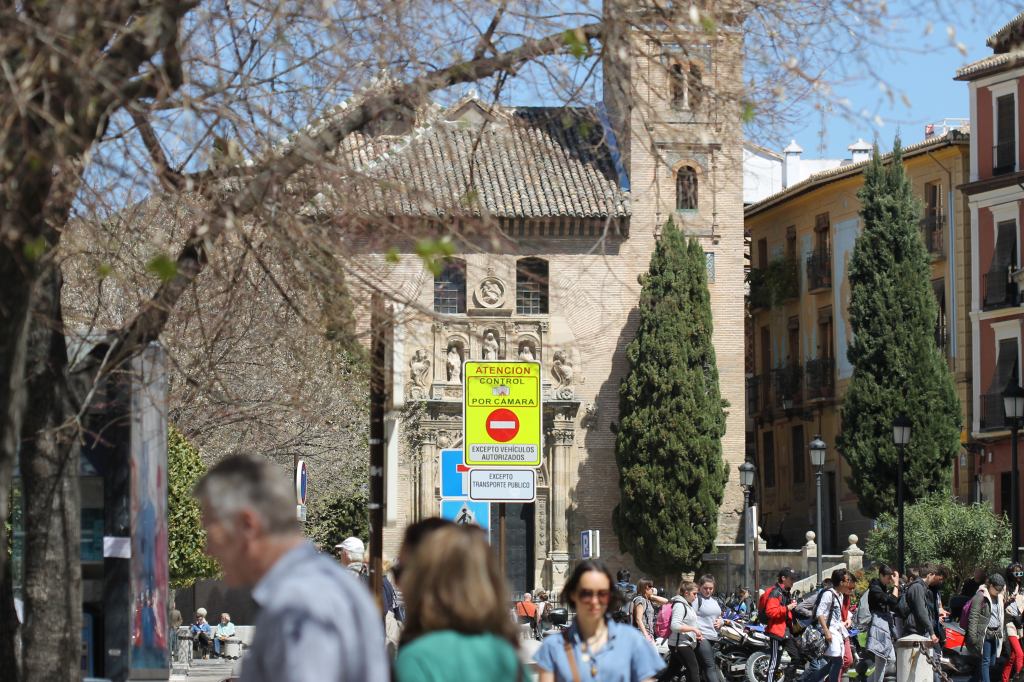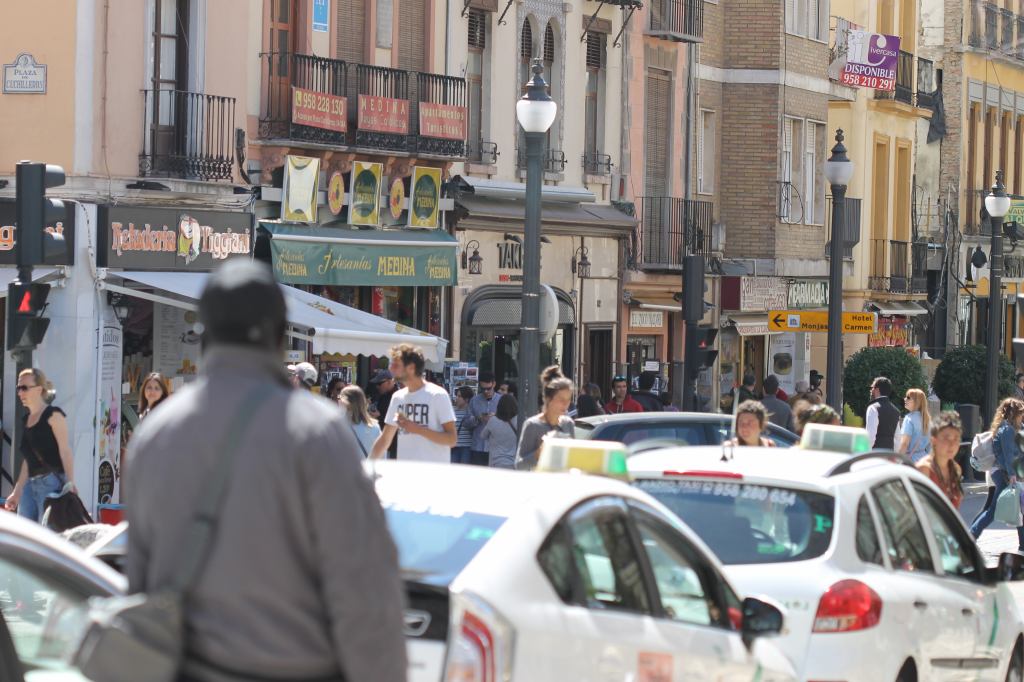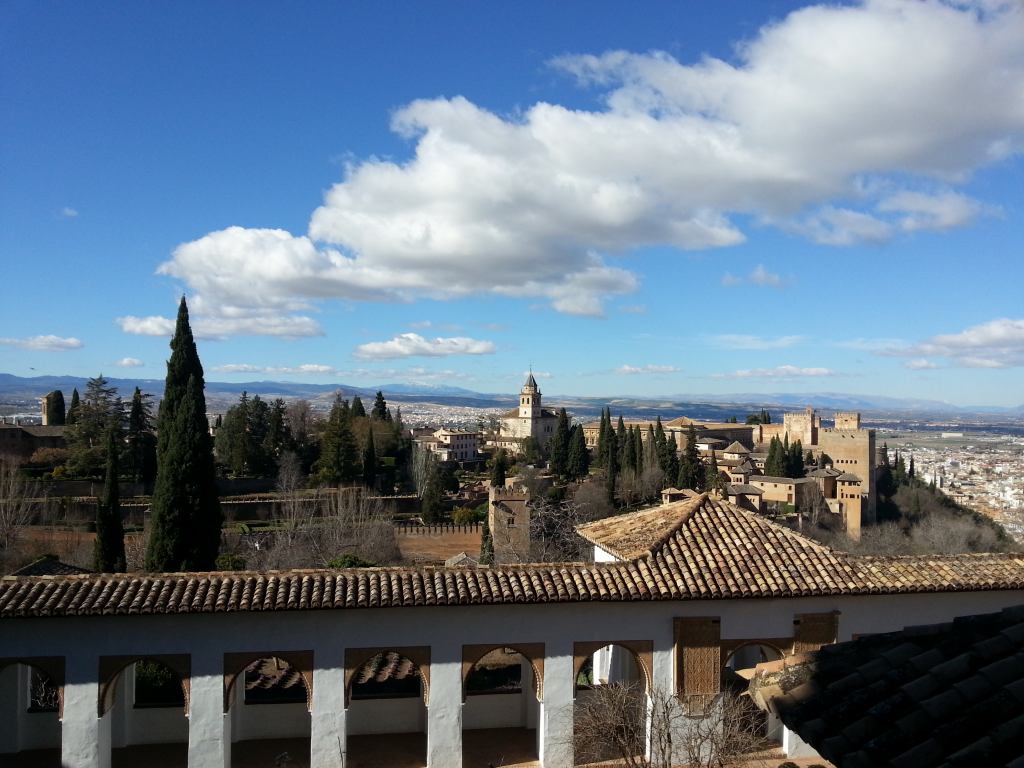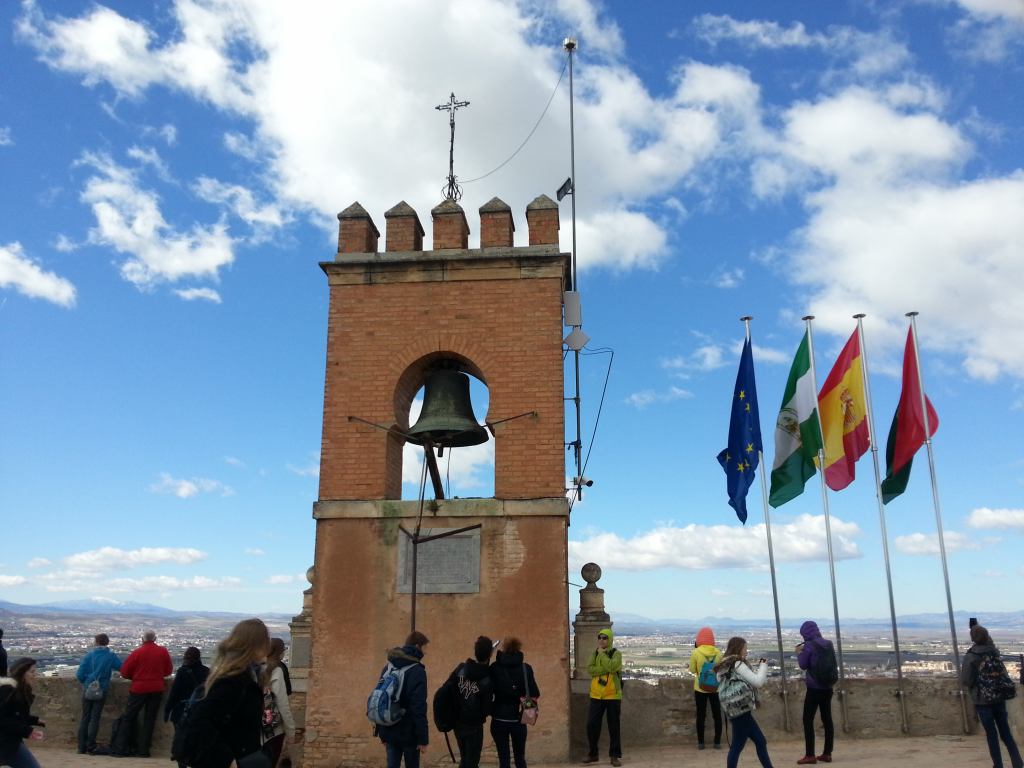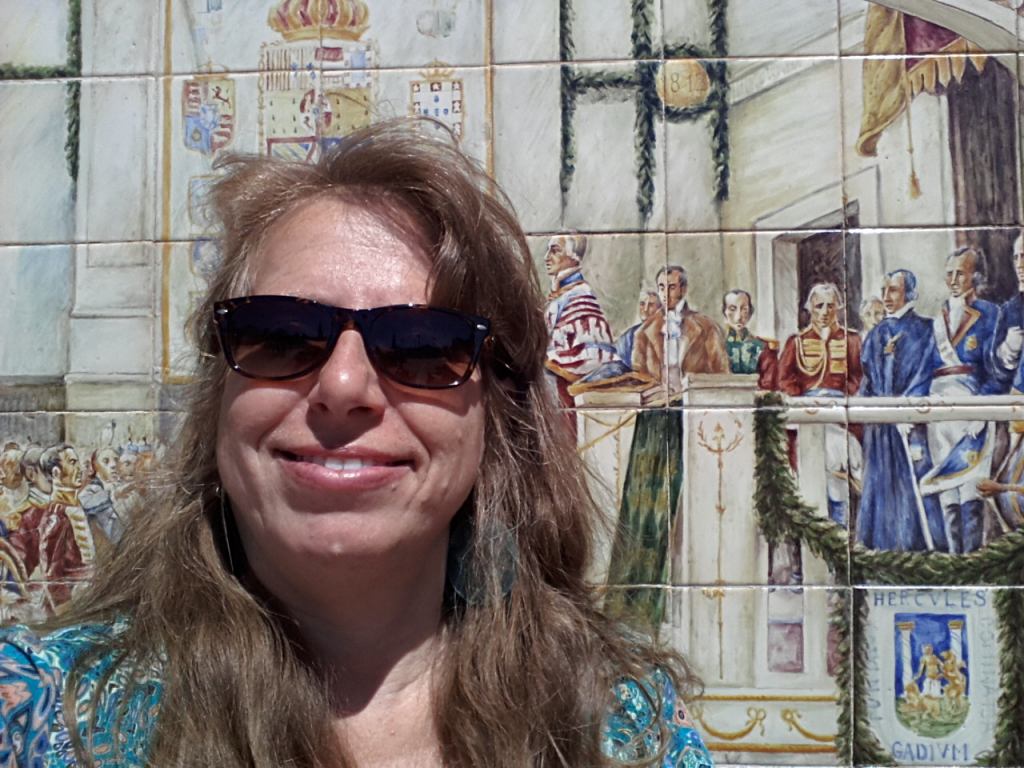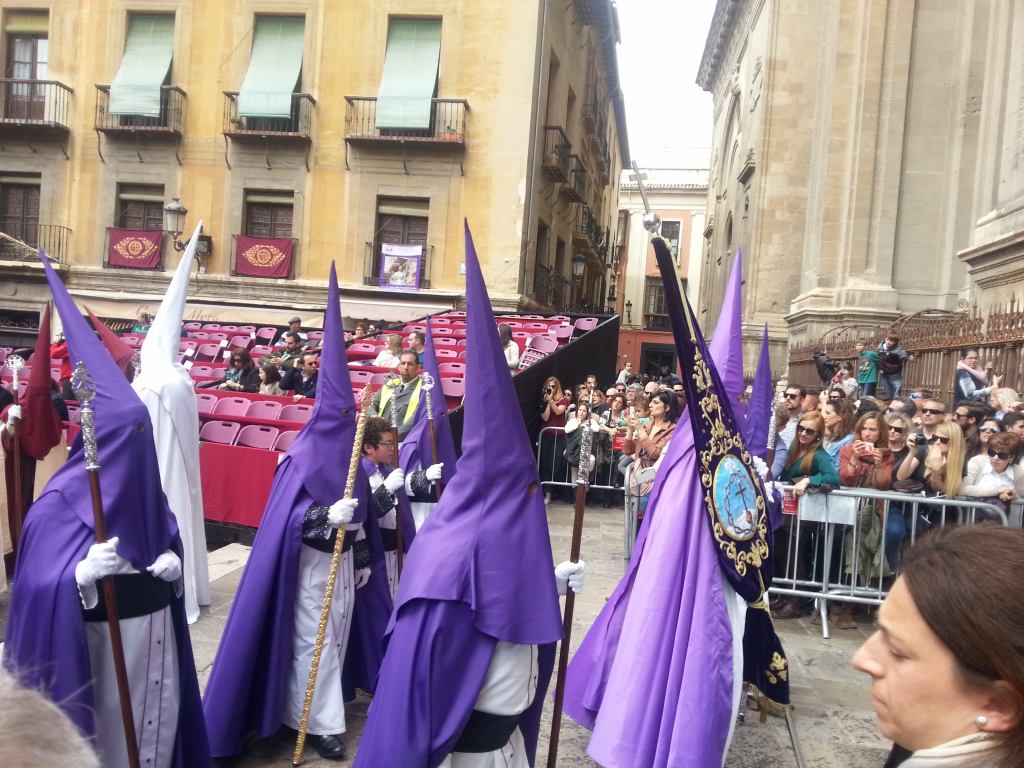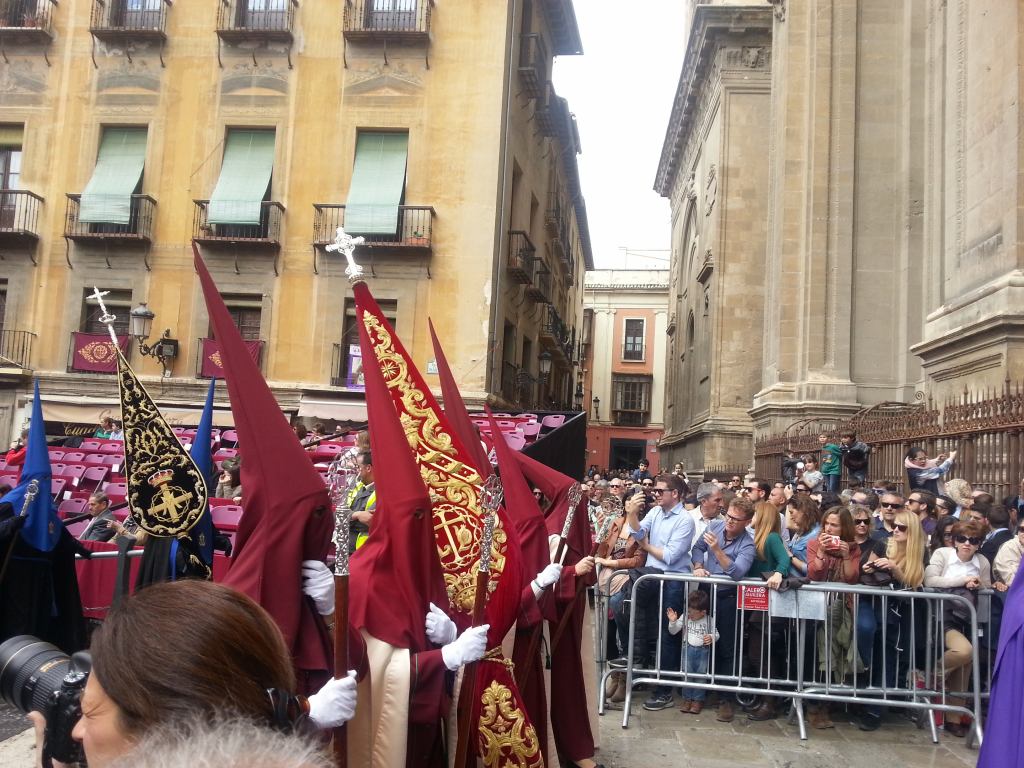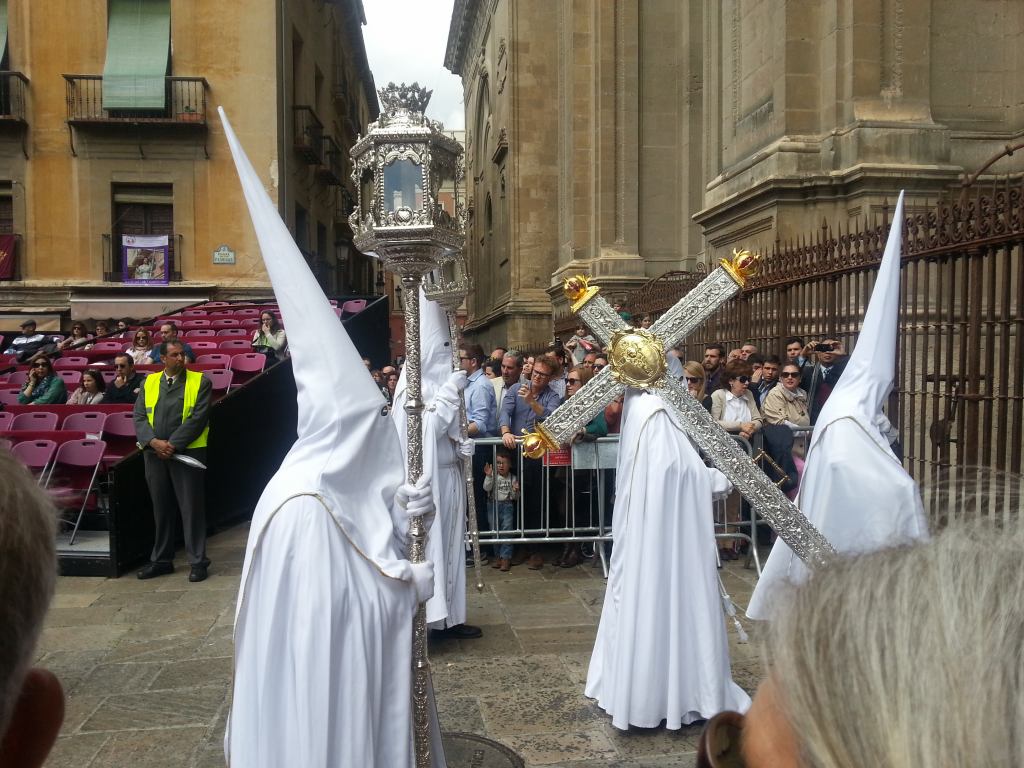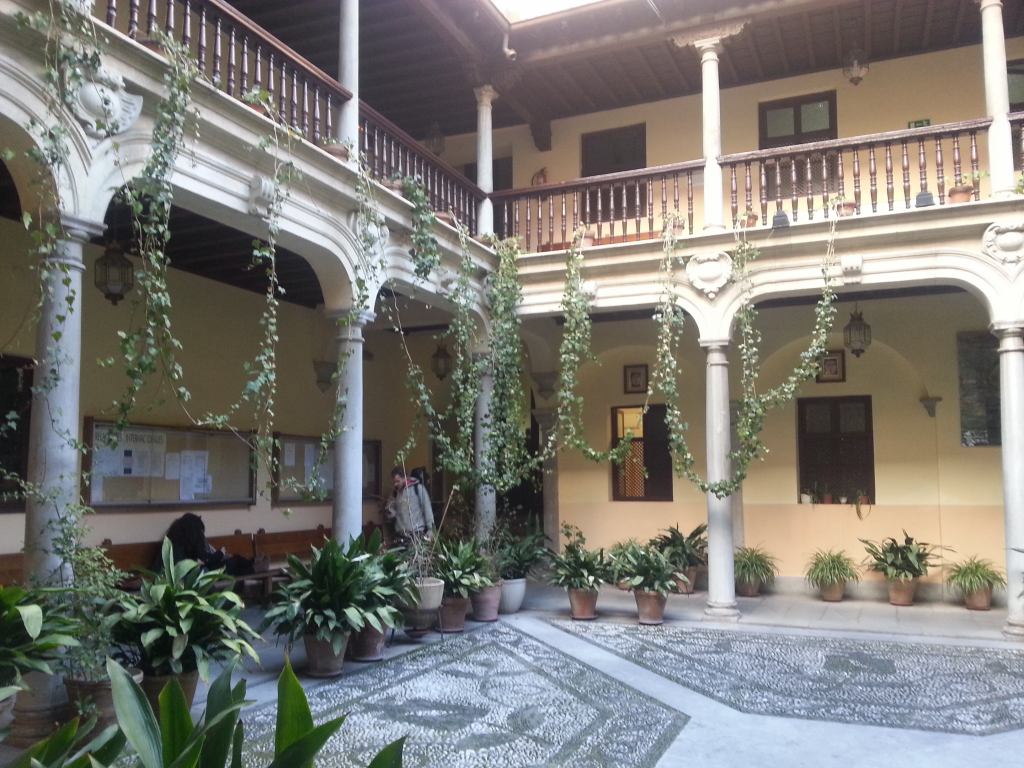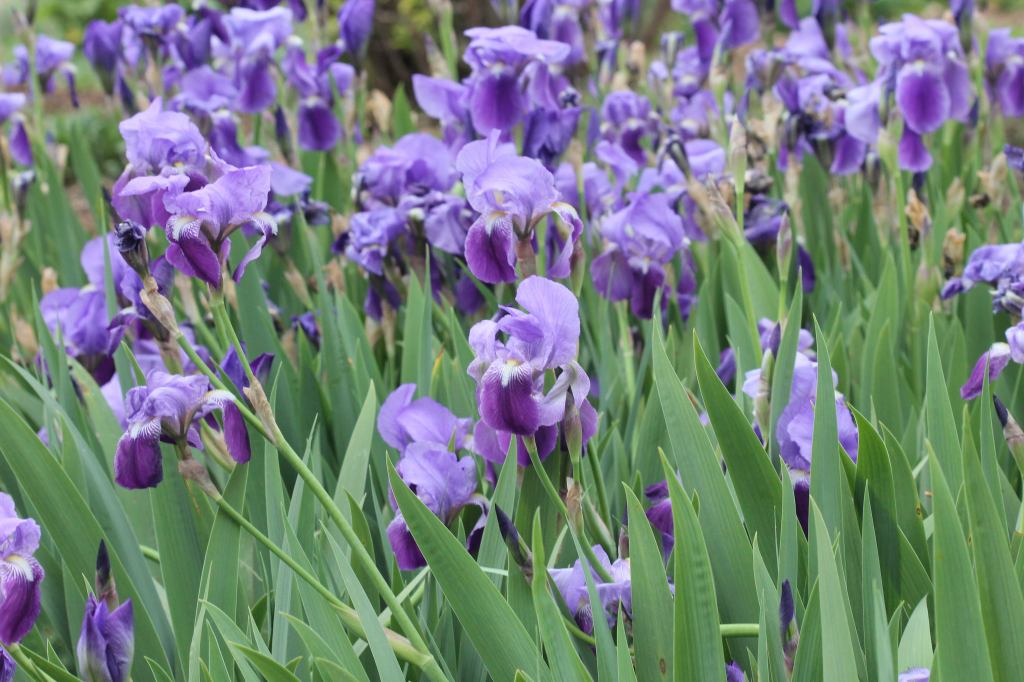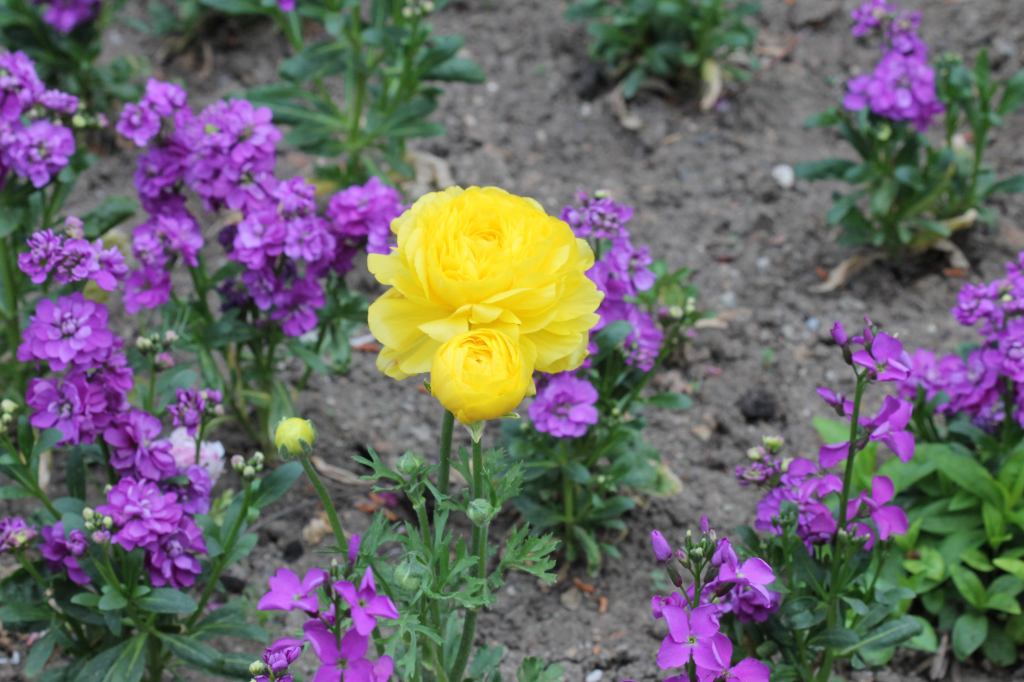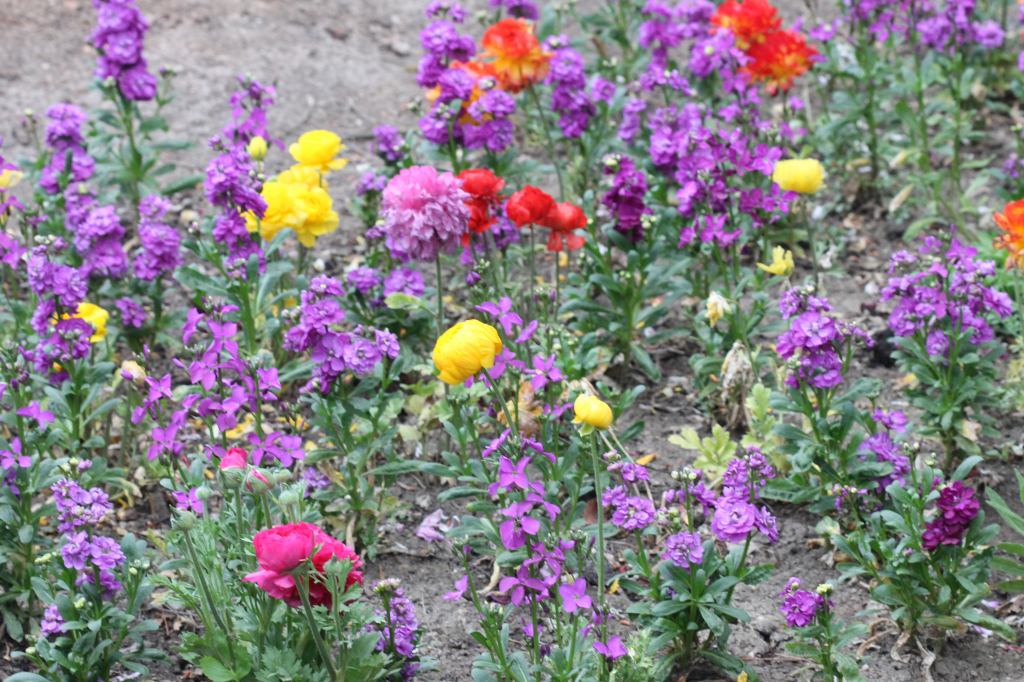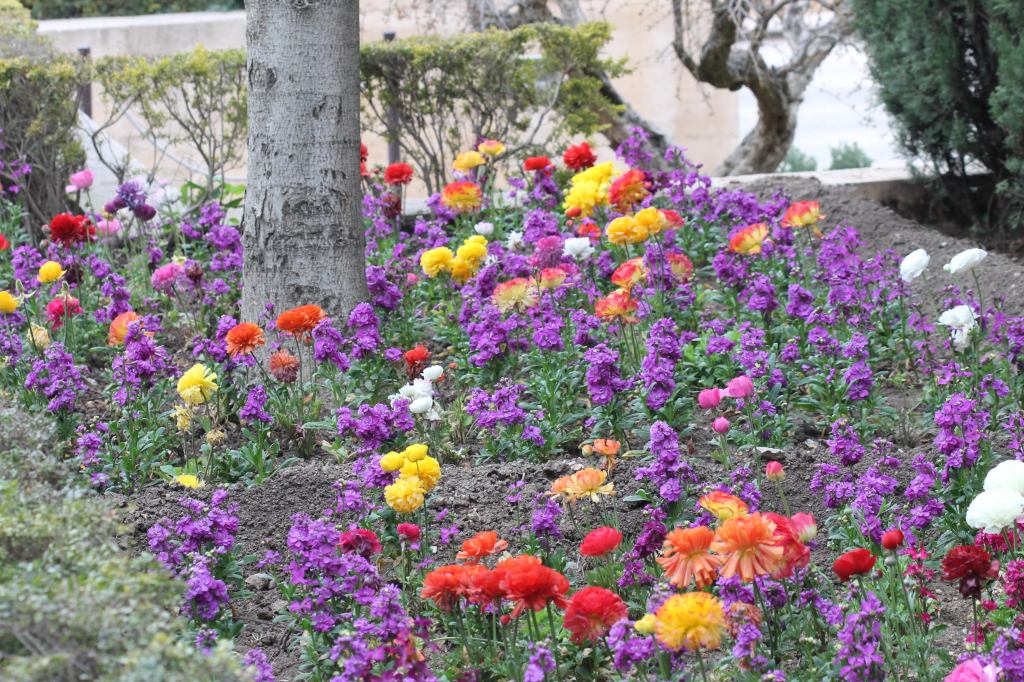
The time in Brooklyn is now:
Wed Jul 9 03:02:08 2025


We endorse the greatest
health and beauty products
and shampoo on the
market -
Maple Holistics
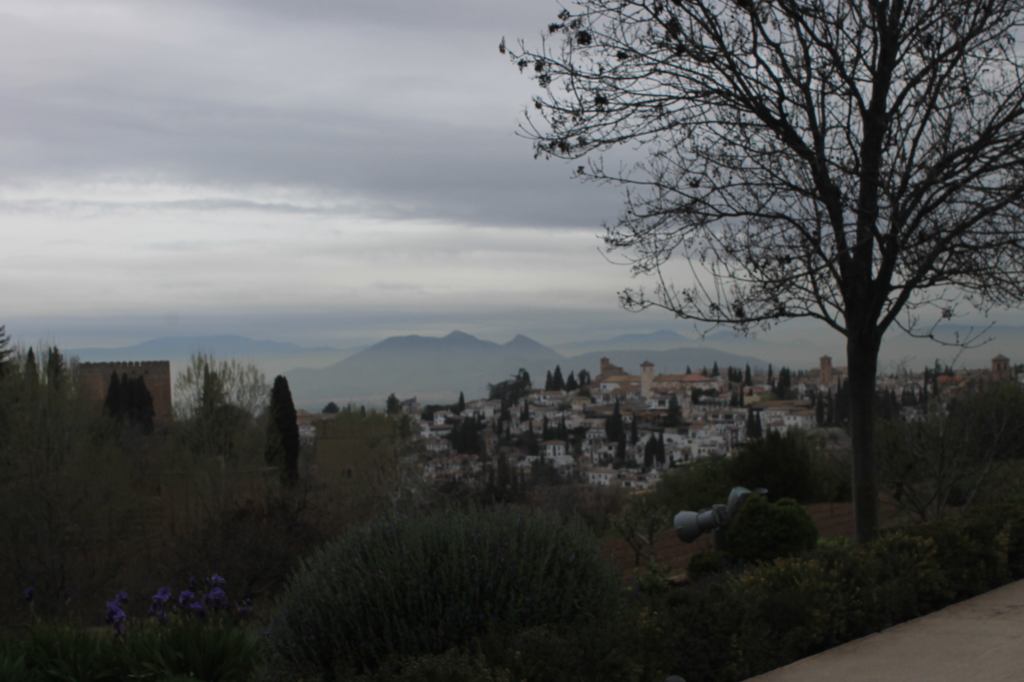
Thorough the fiction of short stories written by Washington Irving, I learned of the archaeological compound of the Moorish rulers of Granada which he described in some of the most romantic stories ever put to English prose. The history of Granada, and its Jewish roots goes back almost to the 8th century, but took on greater importance after the Berber Omeyan noblemen decided to turn on their Muslim brothers during a battle with Christian Spain ending the powerful and stable Caliph in Cordova in 1031 AD. This moved the center of power to Granada, and in time Granada was subject to waves of political and military civil strife among Muslim rulers each putting its imprint on the city of Granada and the region. It's not worth going through them all, and you can find the lists of striving Muslim factions and leaders on history websites. What is interesting to me is that this Muslim pocket of power and its factional infighting produced two notable events. One is that it gave birth to Sephardic Jewish culture, and the other is that it produced the Palace complex on top of the cliff in Granada known as the Alhambra. Both came to a crashing end when the Spanish Catholics defeat of Muslims in Granada in 1491 and the Spanish, followed by the Inquisition of 1492.
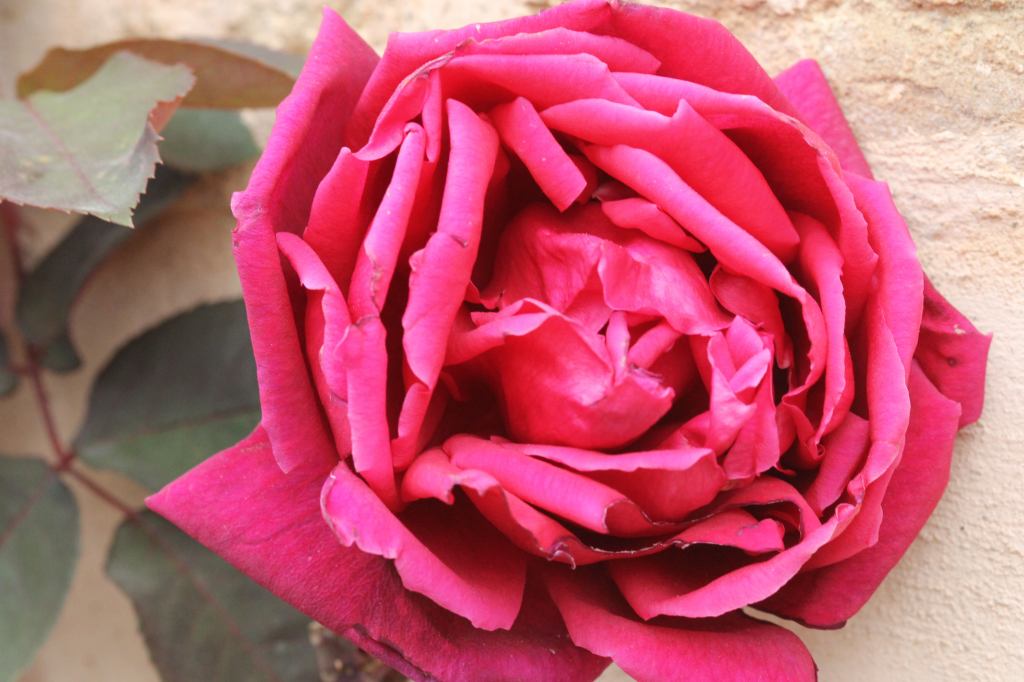
It is thought that Granada itself was largely established by a Jewish population around 711AD and Muslim records call the city Granada of the Jews. Records and archaeological facts of this time people are scarce, but if this is so, the Jews would had settled in the what is now the Albaicín neighborhood. It wasn't until the 11th century and into the 12th century, once Cordoba was captured and the Muslims split into multiple fiefdoms, one of which moved to the Jewish city of Granada as the Taifa of Granada under Zirid kings. The Jews where fortunate to have a representative well connected with the Berbers and considered a Nasi by the Jewish community and viceroy by the Muslims. His name was Sh'muel HaLevi ben Yosef HaNagid. Under his leadership, Sephardic culture grew and produced well known scholars, Yeshivot and Poets. Upon his death, when his son rose up to try to take his place, he was seriously disliked with the result of a genocidal attack on the Jews in 1066 which included the murder of Shmuel's son, Yosef, on Shabbat December 30, 1066 and his crucified body was left on the city gate while the systematic destruction of the Jewish community took place within site of his corpse.
This kind of wave of acceptance, only to be confronted with ruthless violence was a common feature in Muslim lands, including Moorish Spain. The Catholics had no monopoly on this kind of brutality although the depth and length of the Inquisition was exceptional. Prior to 1492 the Naserite dynasty ruled Granada and was fairly tolerant of Jews from 1232 until 1492. Nasrid rulers also began construction of the Alhambra complex, one of the most complex tourist and archaeological sites that one can ever visit. Built over centuries, it includes multiple palaces build on a high plateau over looking the old city. It was built, Ironically, over an existing palace that was originally built by Shmuel HaNagid. Work began in 1238 by Muhammad I Ibn al-Ahmar and continued after the Catholic conquest although the Catholic Spanish rulers could never complete what they started, failing to grasp some of the technological advancements that the Moors applied to their works.
